In the realm of modern architecture and home décor, 3D interior design has emerged as a revolutionary tool, transforming the way homeowners, designers, and architects conceptualize living spaces. Gone are the days when static blueprints and hand-drawn sketches were the only means of visualizing a house’s interior. Today, advanced 3D rendering technology allows for immersive, realistic depictions of homes, bringing every detail to life. When paired with 4K high-definition (HD) photography, these designs reach an unprecedented level of clarity and precision, offering a glimpse into the future of interior aesthetics. In this article, we’ll explore the significance of 3D interior designs for houses, the technology behind them, and the impact of 4K HD photos in showcasing these designs.
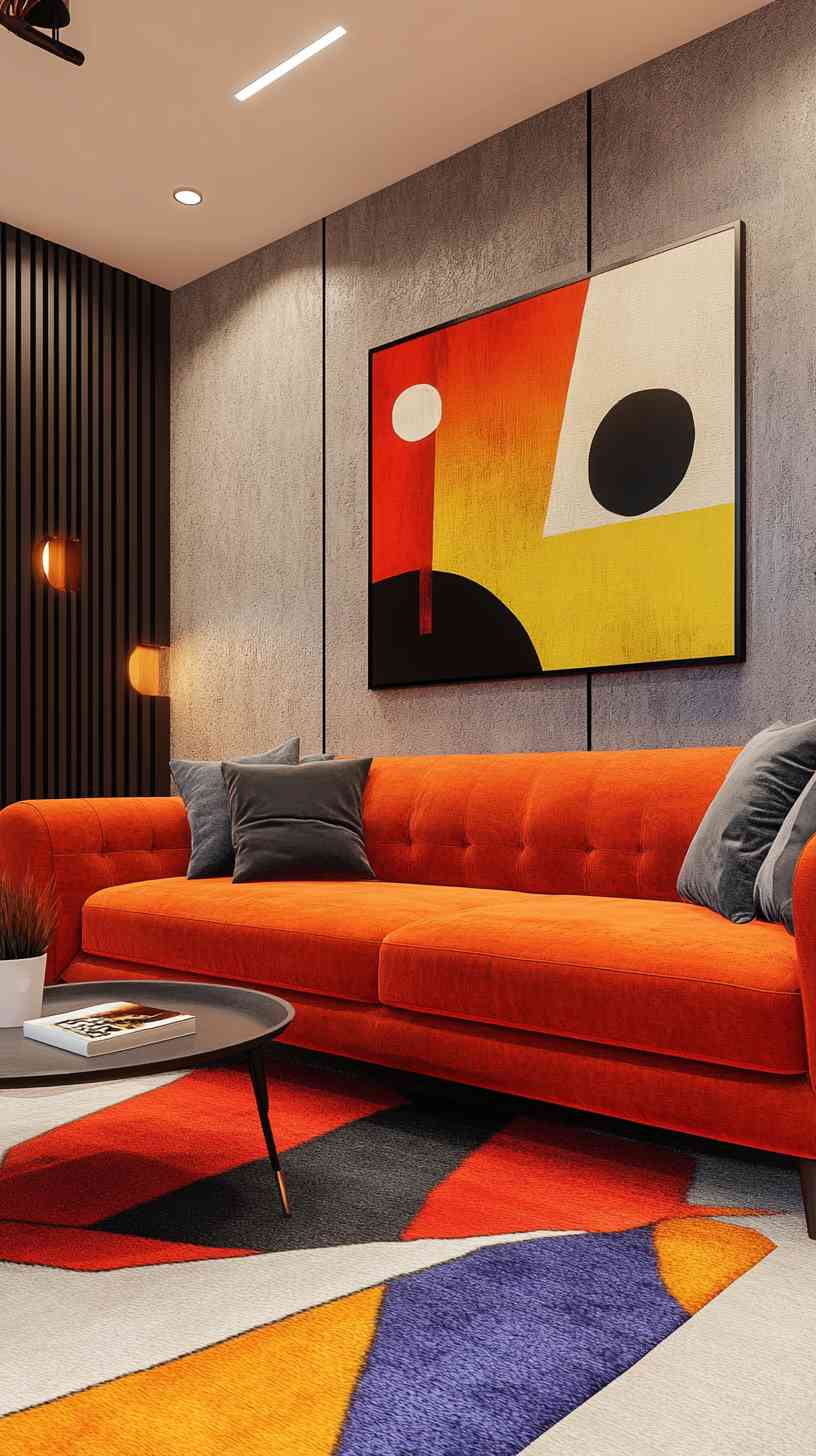
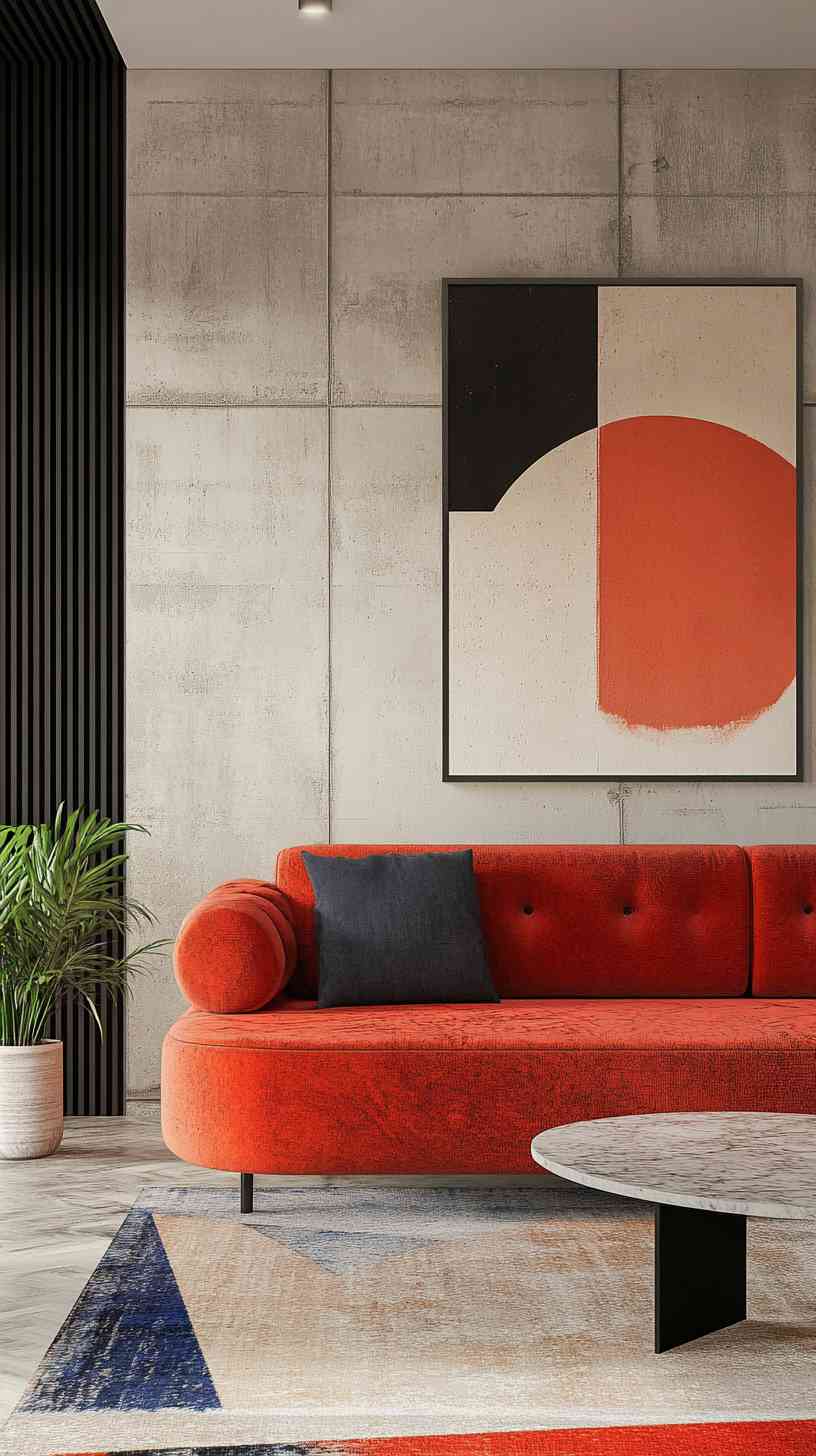
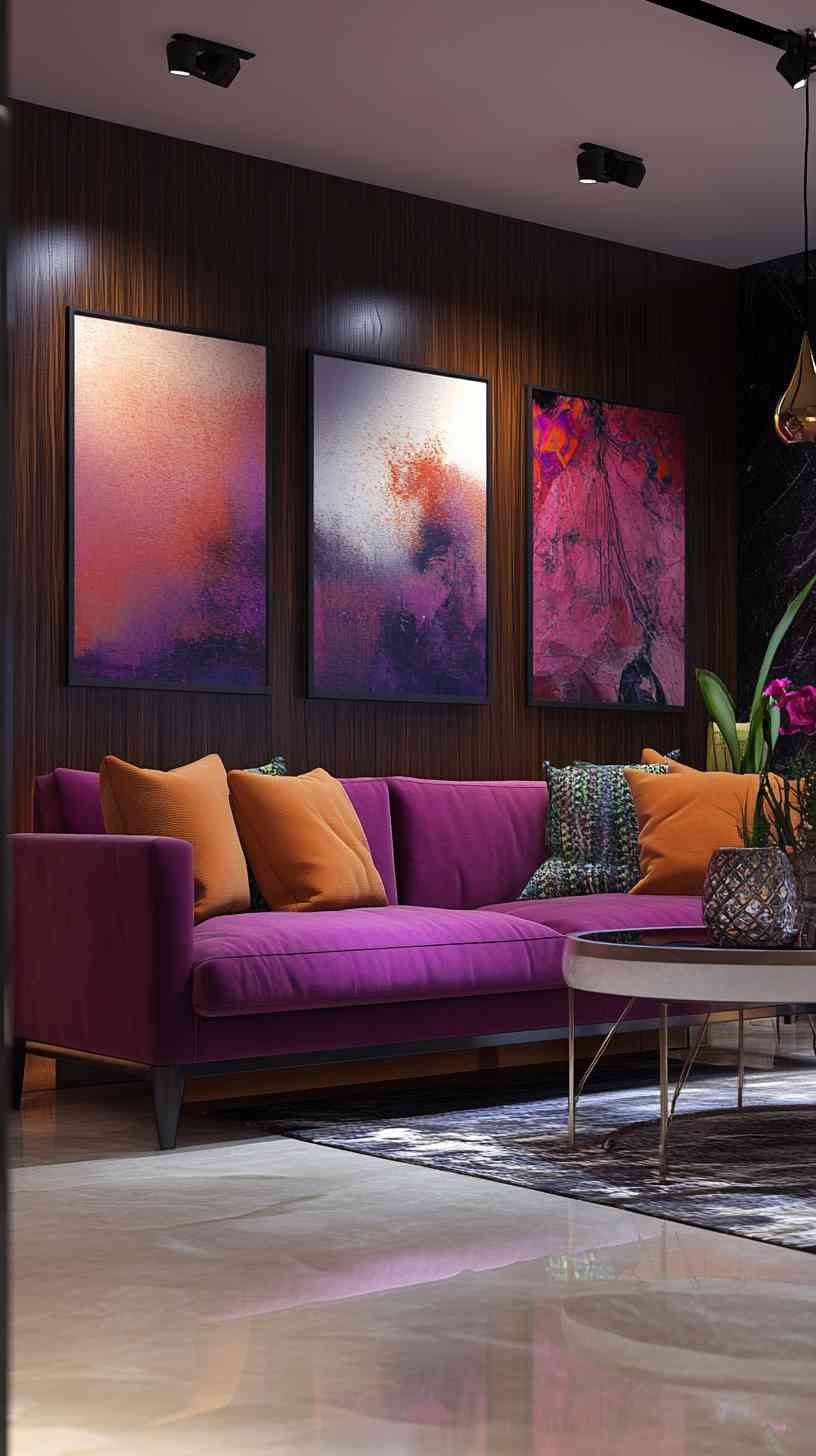
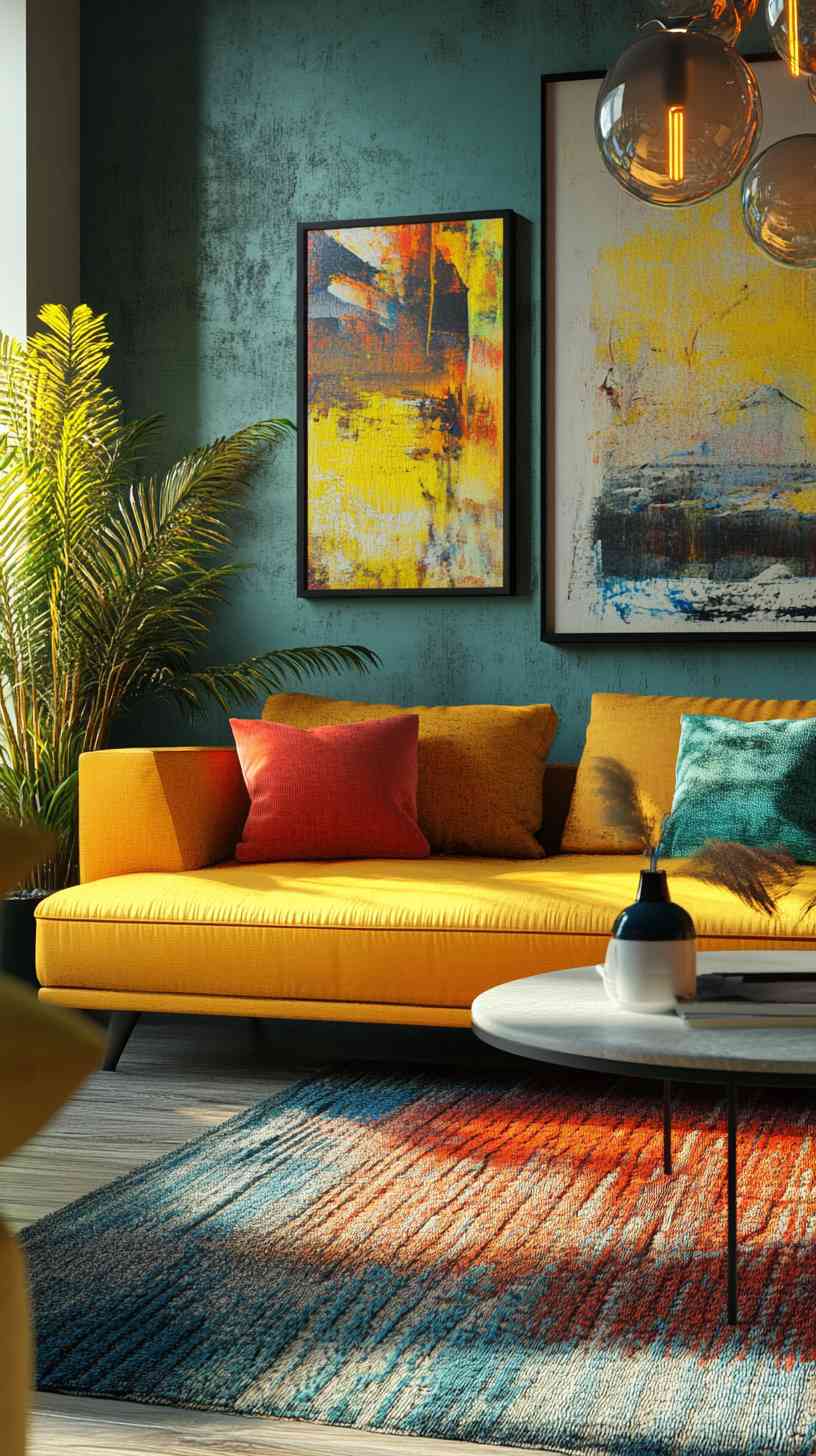
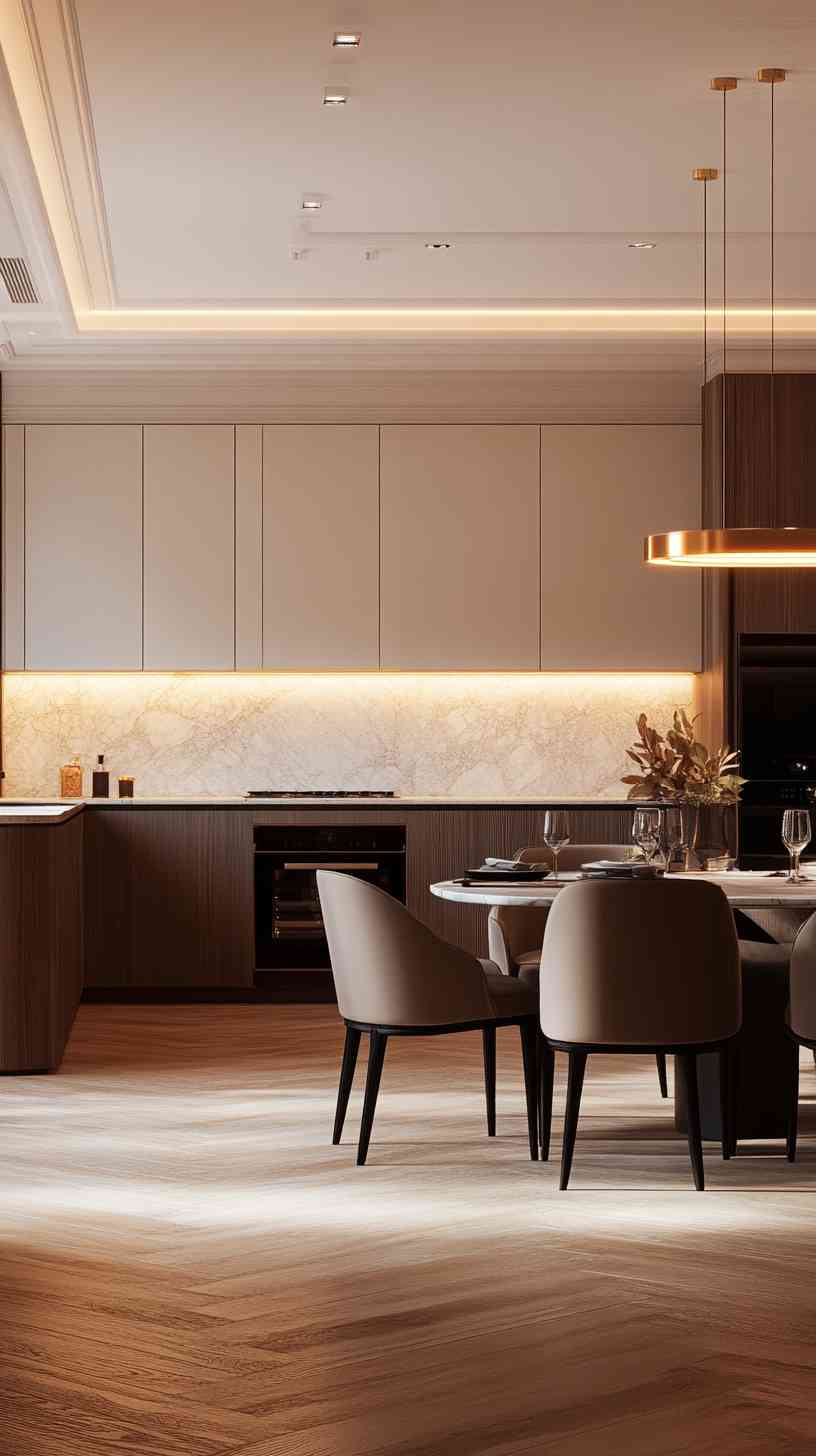
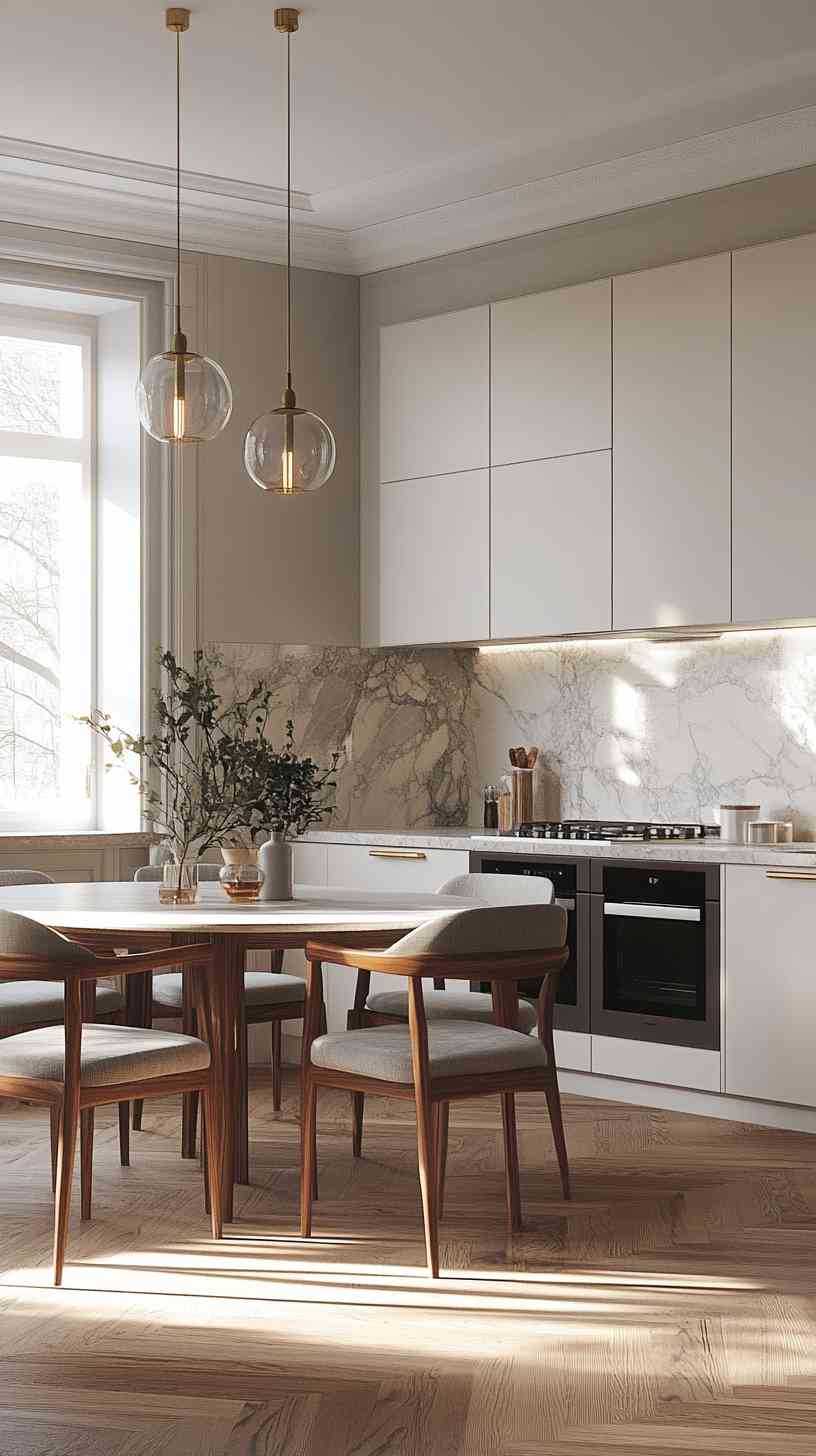
The Rise of 3D Interior Design
The concept of interior design has evolved significantly over the years. Traditionally, interior designers relied on sketches, mood boards, and physical models to convey their ideas to clients. While these methods were effective to some extent, they often left room for misinterpretation and lacked the ability to fully capture the spatial dynamics of a room. Enter 3D interior design—a game-changing innovation that leverages computer-generated imagery (CGI) to create lifelike representations of interior spaces.
3D interior design involves the use of specialized software such as AutoCAD, SketchUp, Blender, or 3ds Max to create detailed, three-dimensional models of a house’s interior. These models can include everything from furniture placement and lighting fixtures to wall textures and color schemes. Unlike traditional 2D drawings, 3D designs allow clients to “walk through” a space virtually, experiencing the layout and ambiance as if they were physically present.
The advent of 3D design has democratized the interior design process, making it accessible to homeowners, real estate developers, and architects alike. Whether it’s a cozy living room, a modern kitchen, or a luxurious bedroom, 3D renderings provide a comprehensive view of how a space will look and feel once completed.
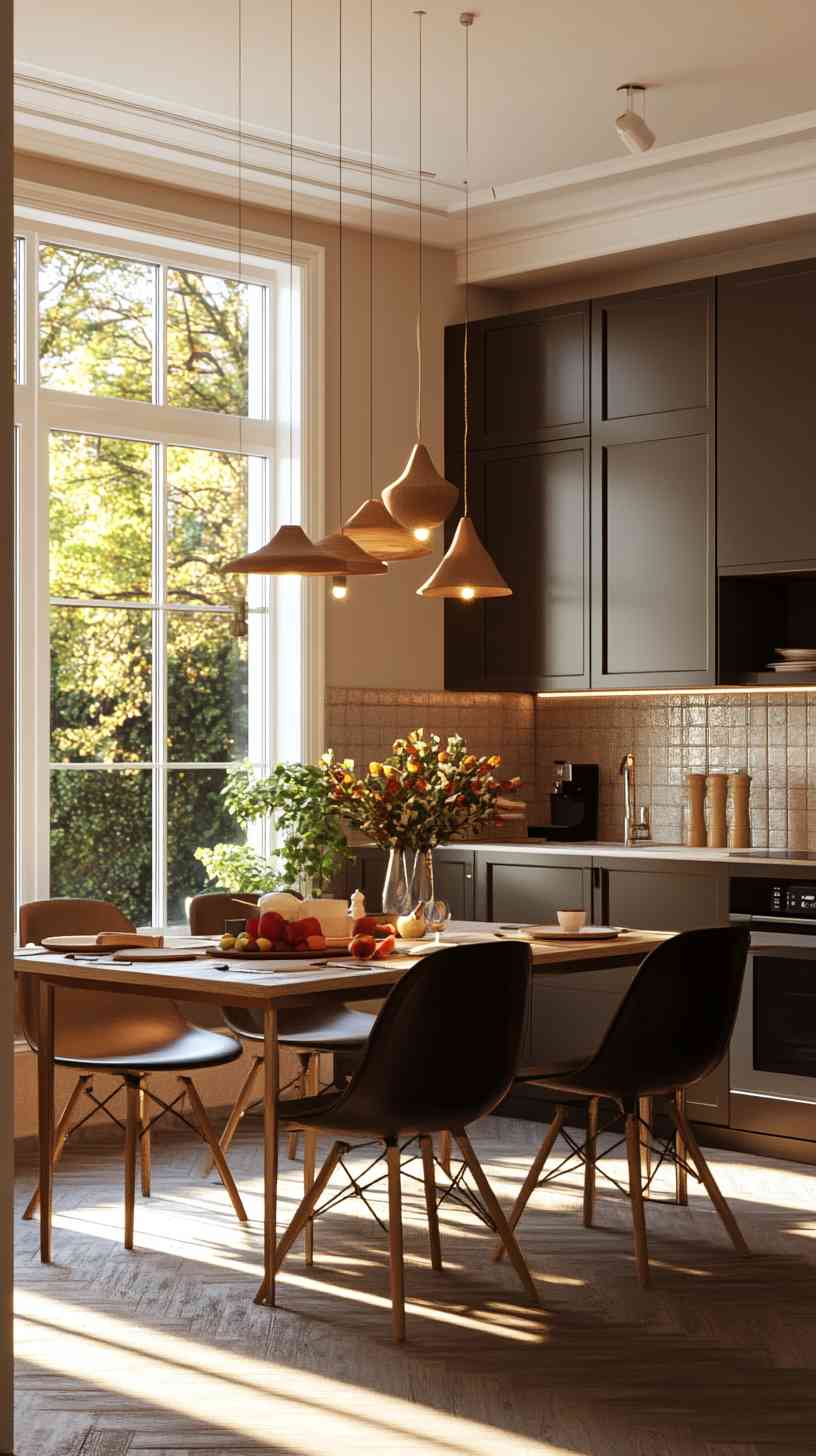
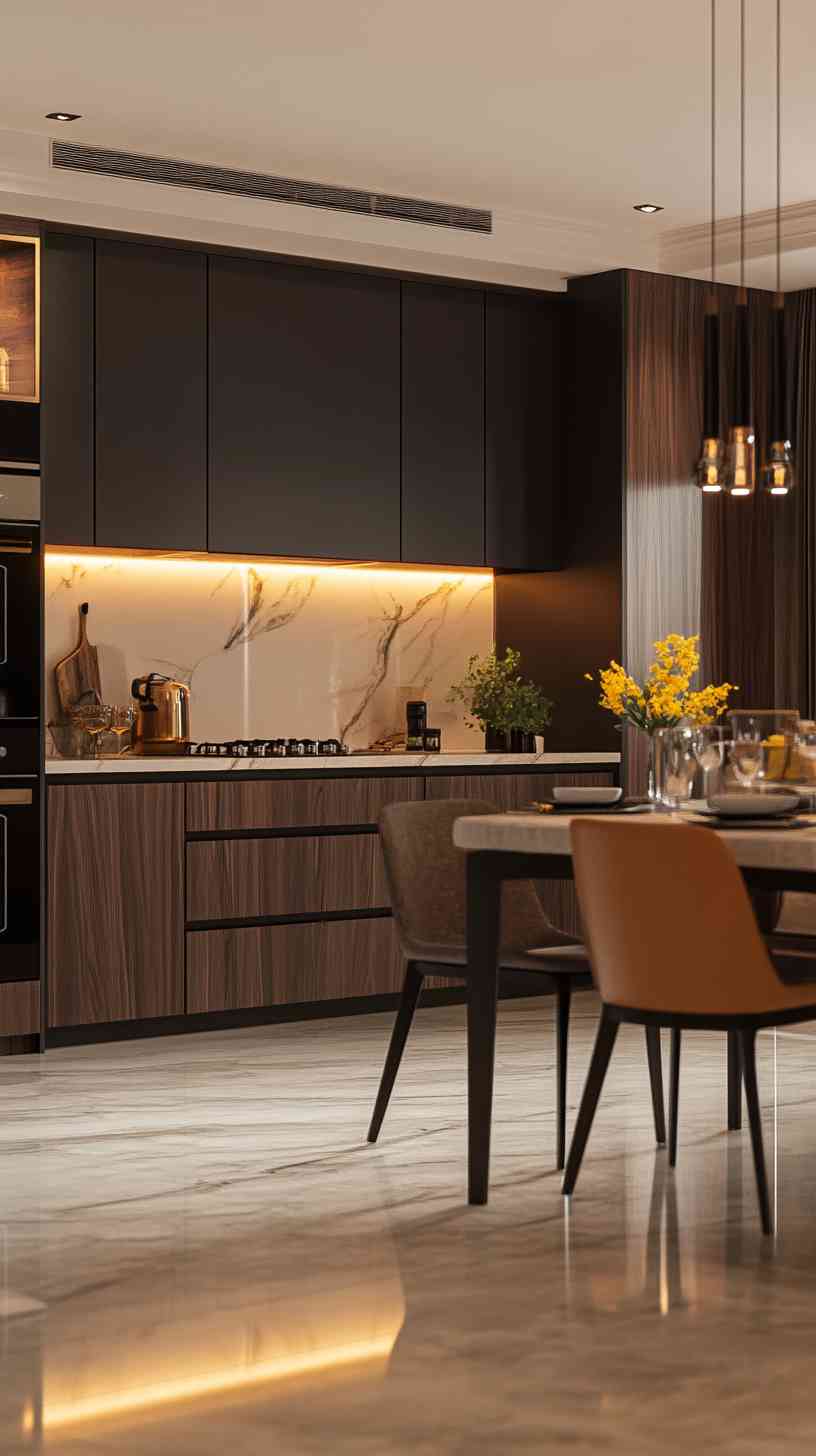
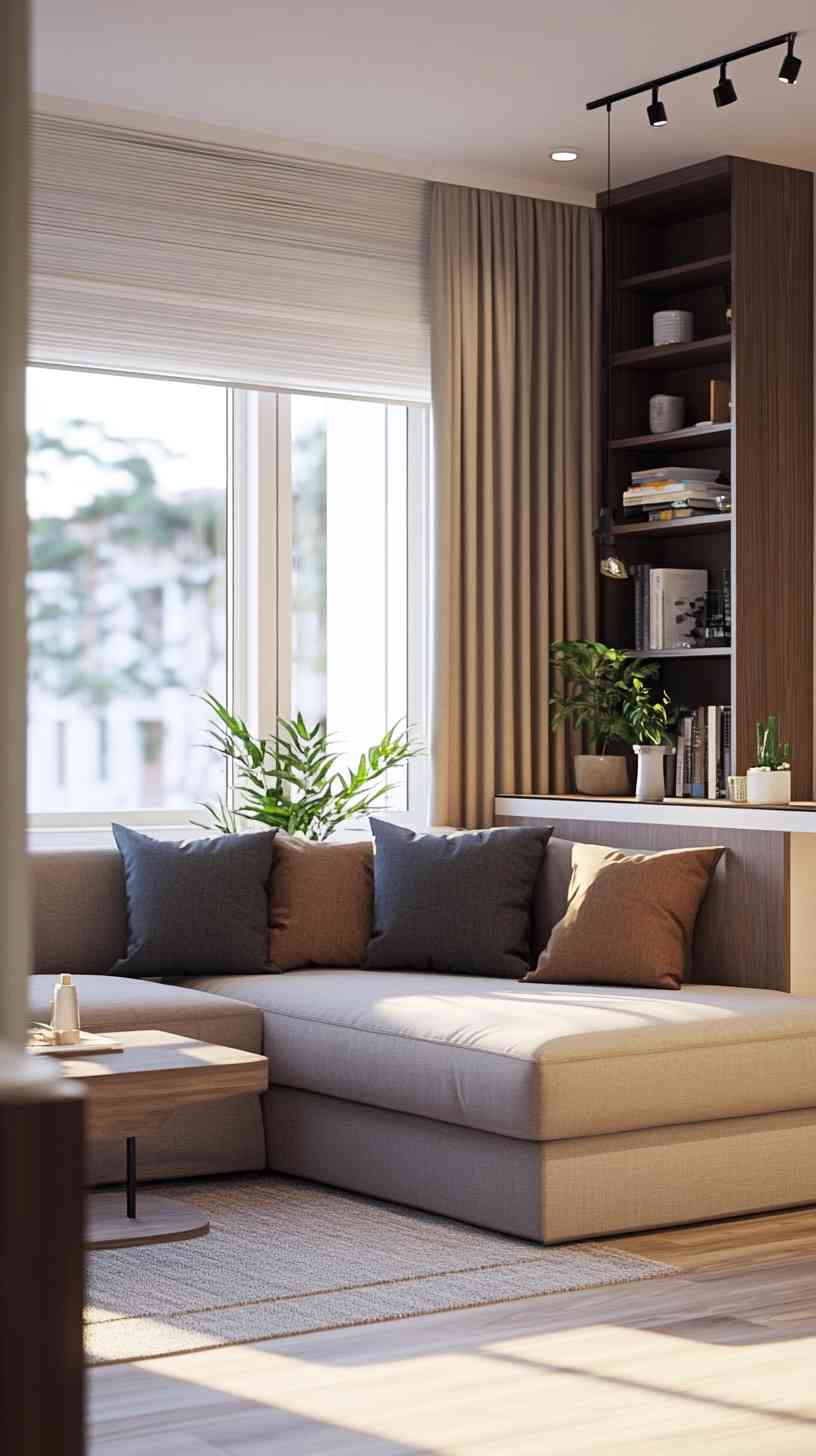
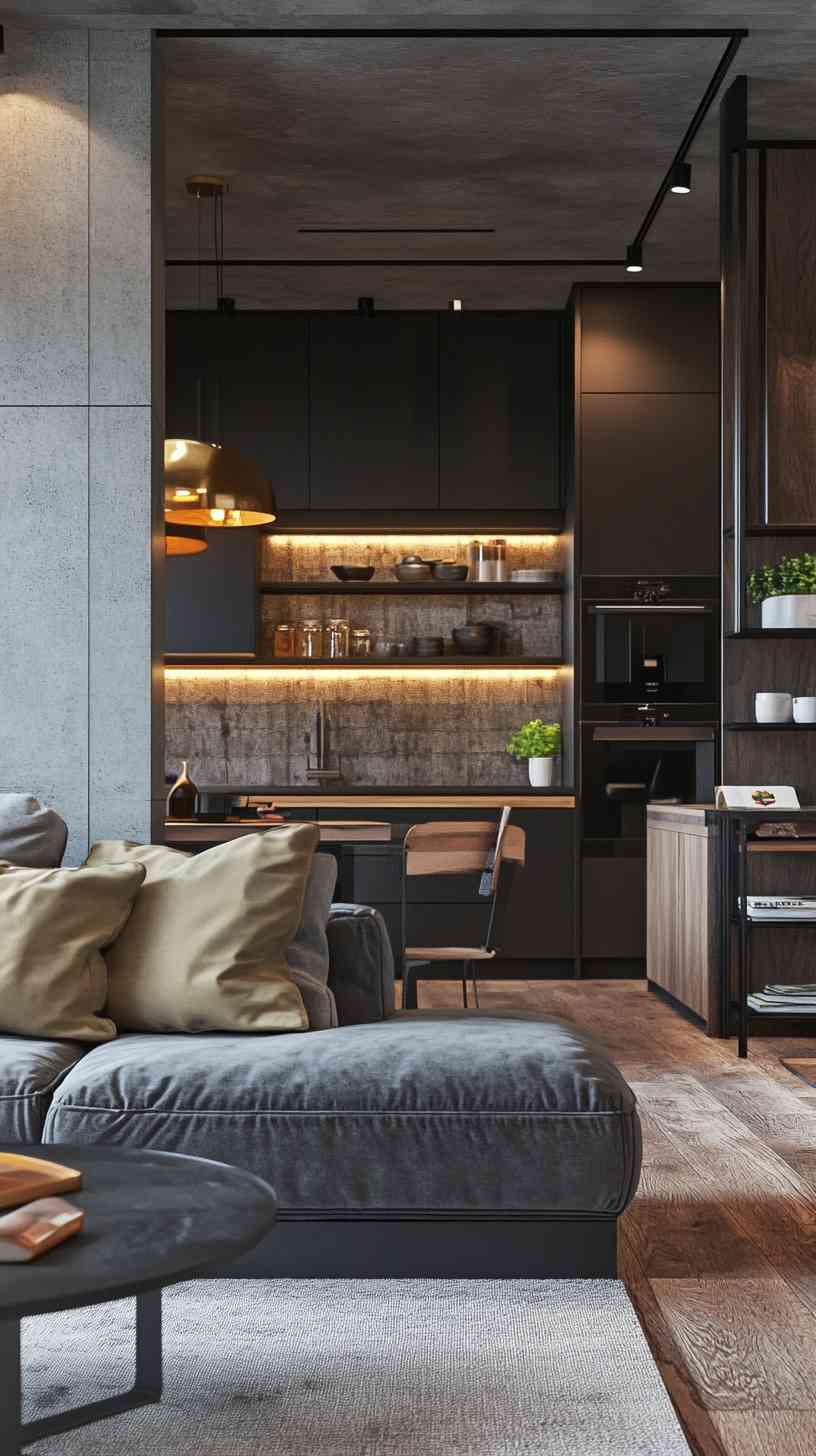
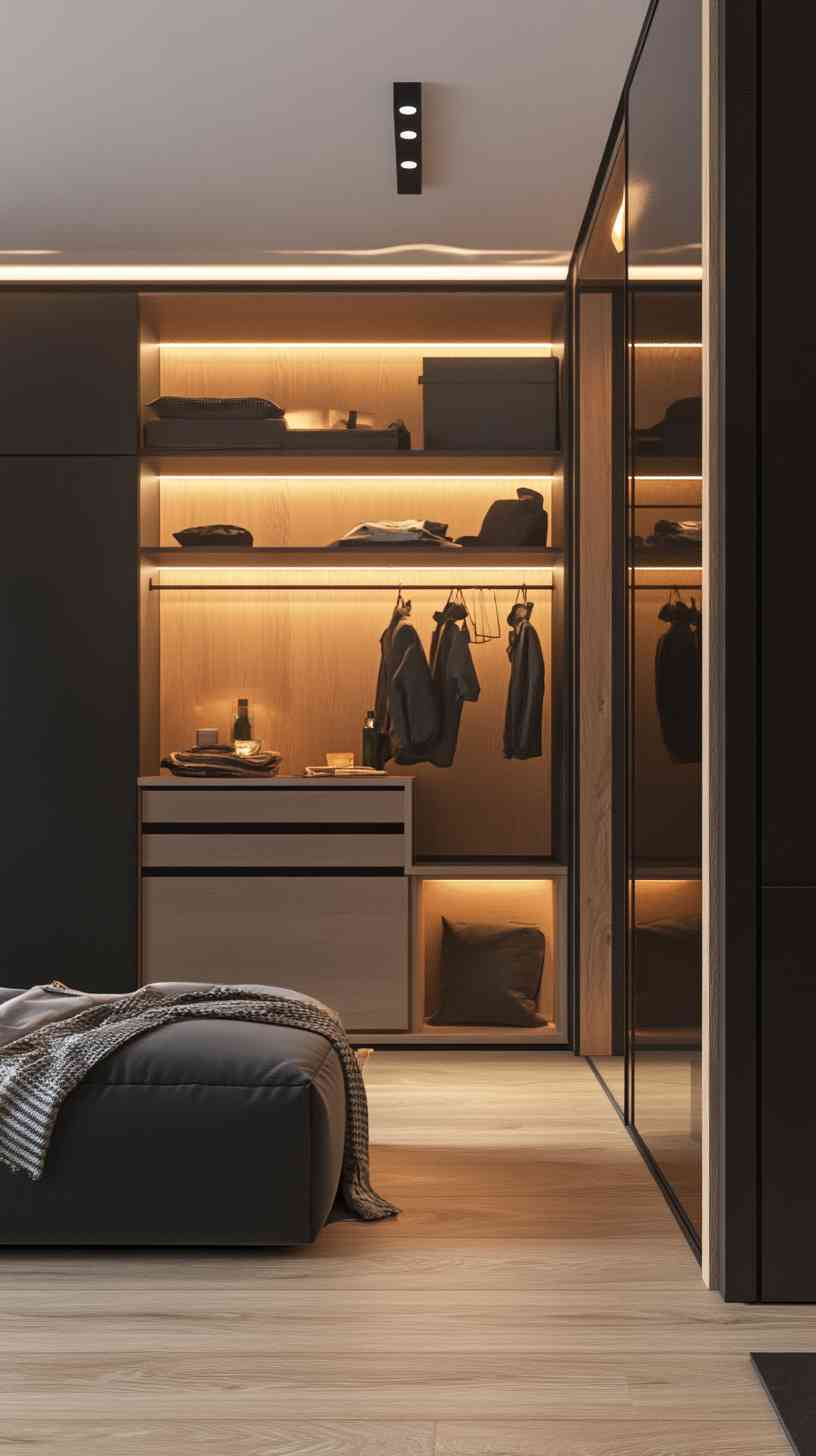
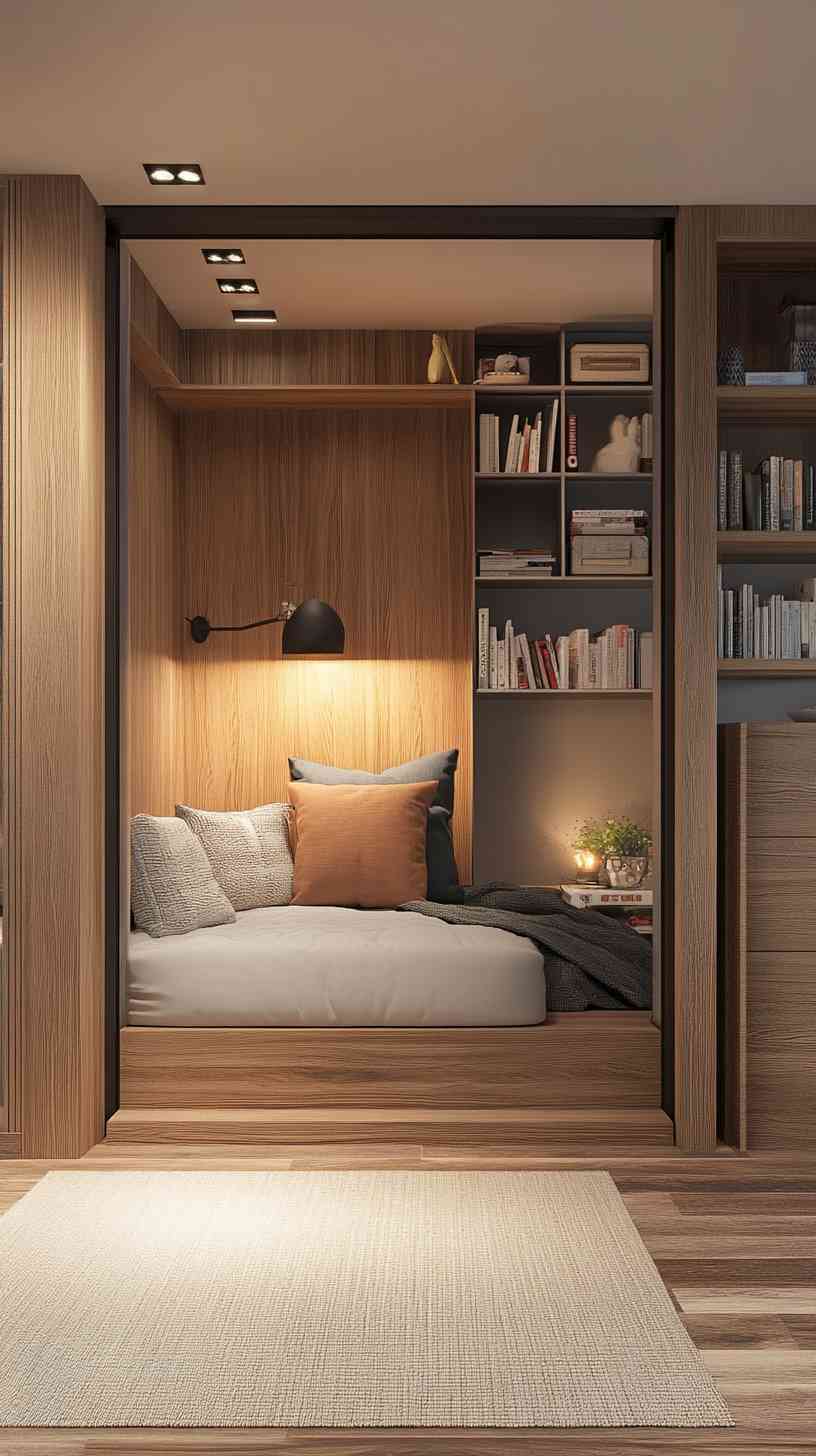
Why 3D Interior Design Matters
The benefits of 3D interior design are manifold, making it an indispensable tool in the modern design landscape. Here are some key reasons why it has become a cornerstone of house planning:
- Enhanced Visualization: 3D designs allow clients to see every aspect of a room in detail, from the placement of furniture to the interplay of light and shadow. This level of visualization helps bridge the gap between imagination and reality, ensuring that the final design aligns with the client’s vision.
- Improved Decision-Making: With 3D renderings, clients can experiment with different design elements—such as color palettes, materials, and layouts—before committing to a final plan. This reduces the likelihood of costly mistakes during the construction or renovation process.
- Time and Cost Efficiency: By identifying potential issues in the design phase, 3D renderings help save time and money. For example, a client might realize that a certain furniture piece doesn’t fit the space as expected, or that a particular lighting setup creates an undesirable effect—all before any physical work begins.
- Collaboration and Communication: 3D designs facilitate better communication between designers, architects, contractors, and clients. Everyone involved in the project can refer to the same detailed model, reducing misunderstandings and ensuring that the project progresses smoothly.
- Marketing and Real Estate: In the real estate industry, 3D interior designs are invaluable for marketing purposes. Developers and agents can showcase properties to potential buyers before construction is complete, giving them a tangible sense of what the finished space will look like.
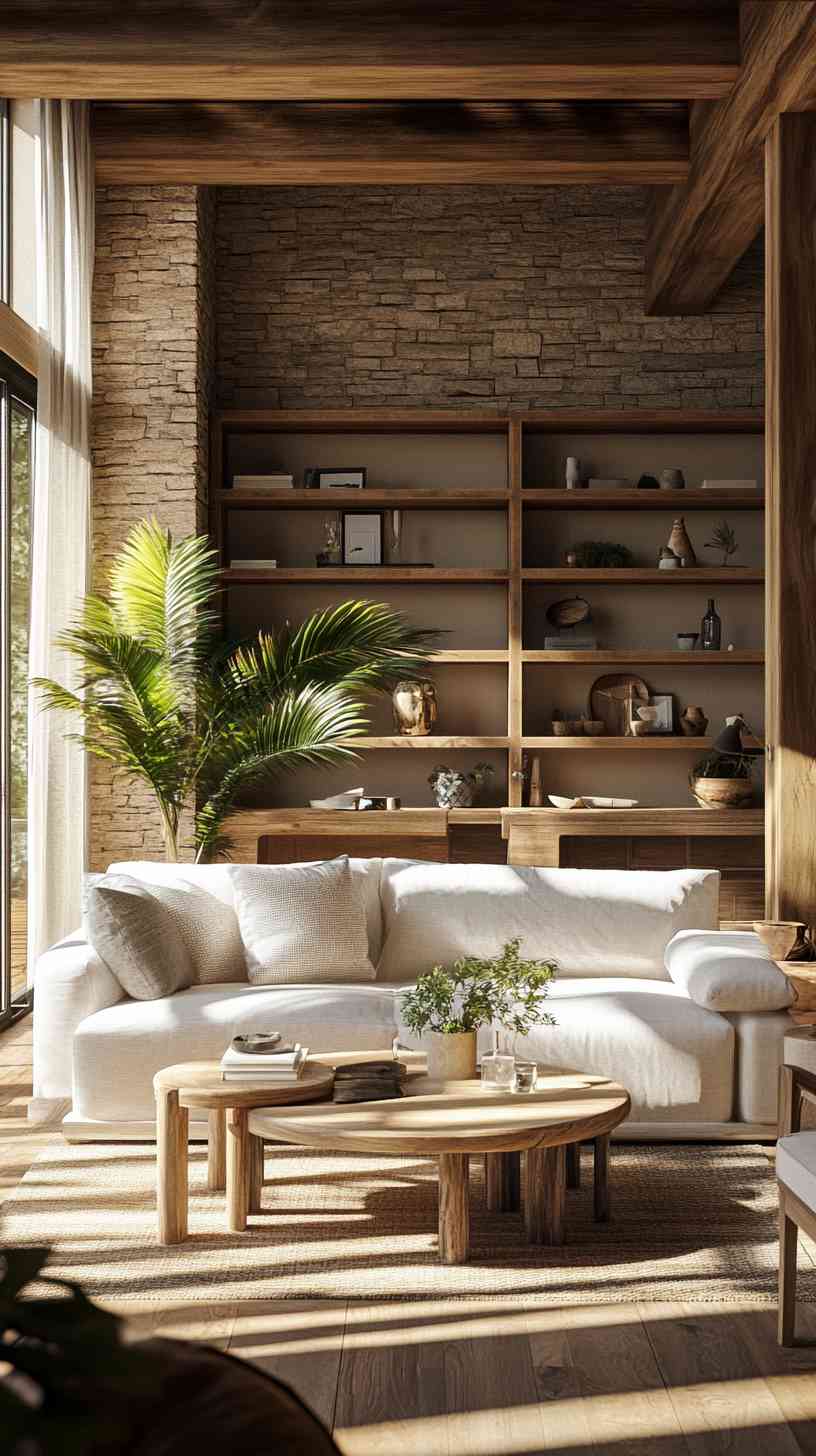
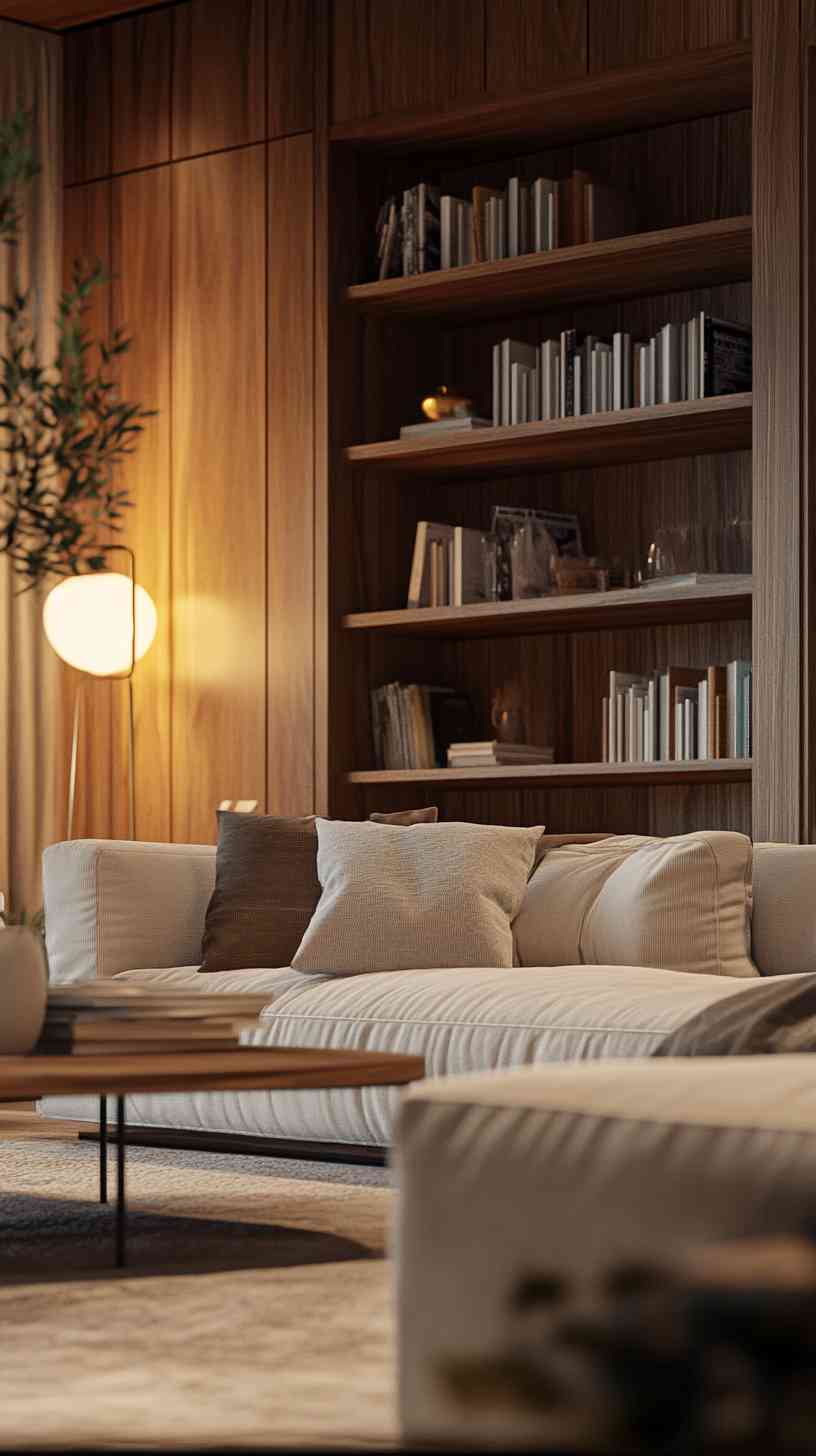
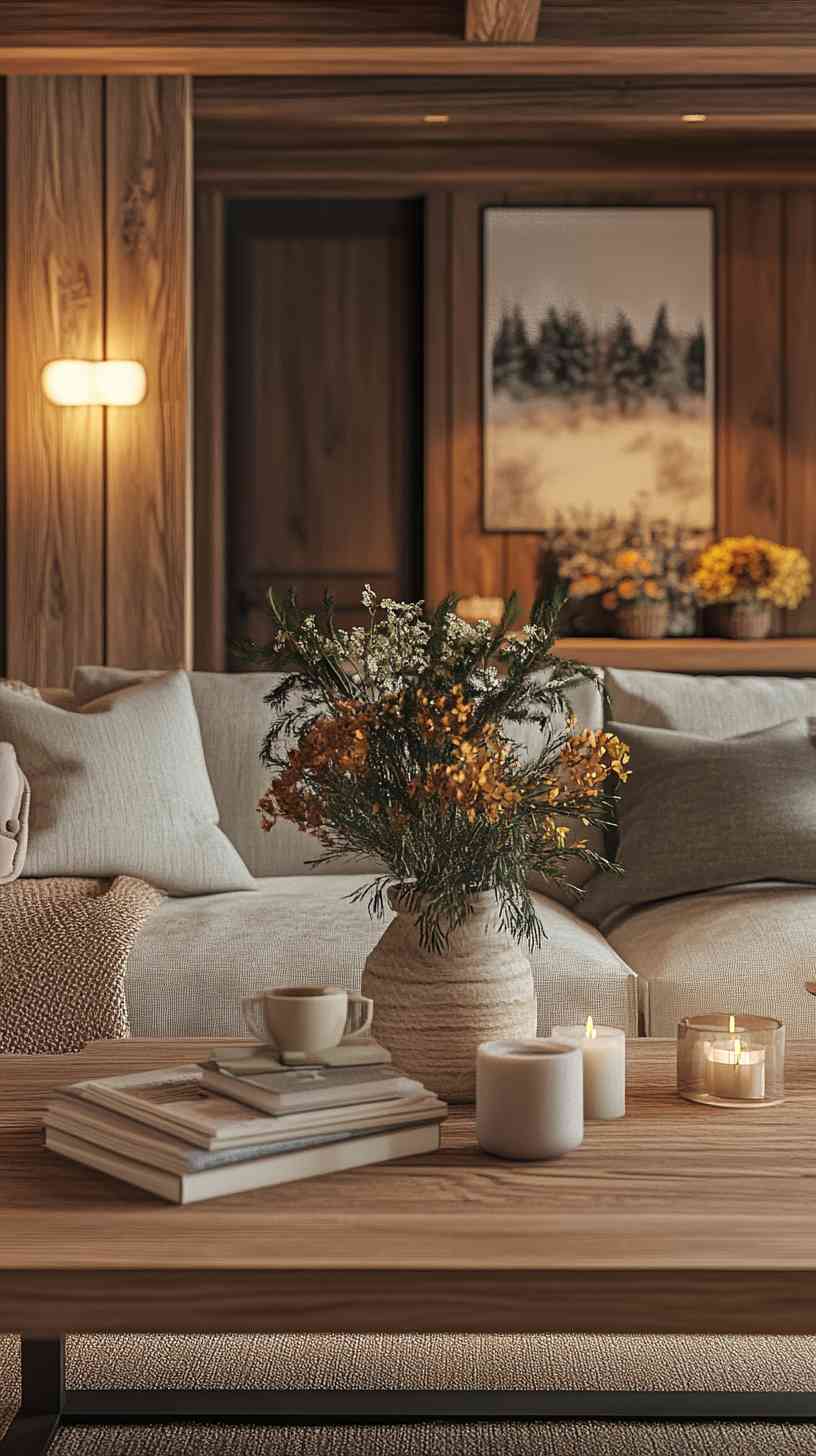
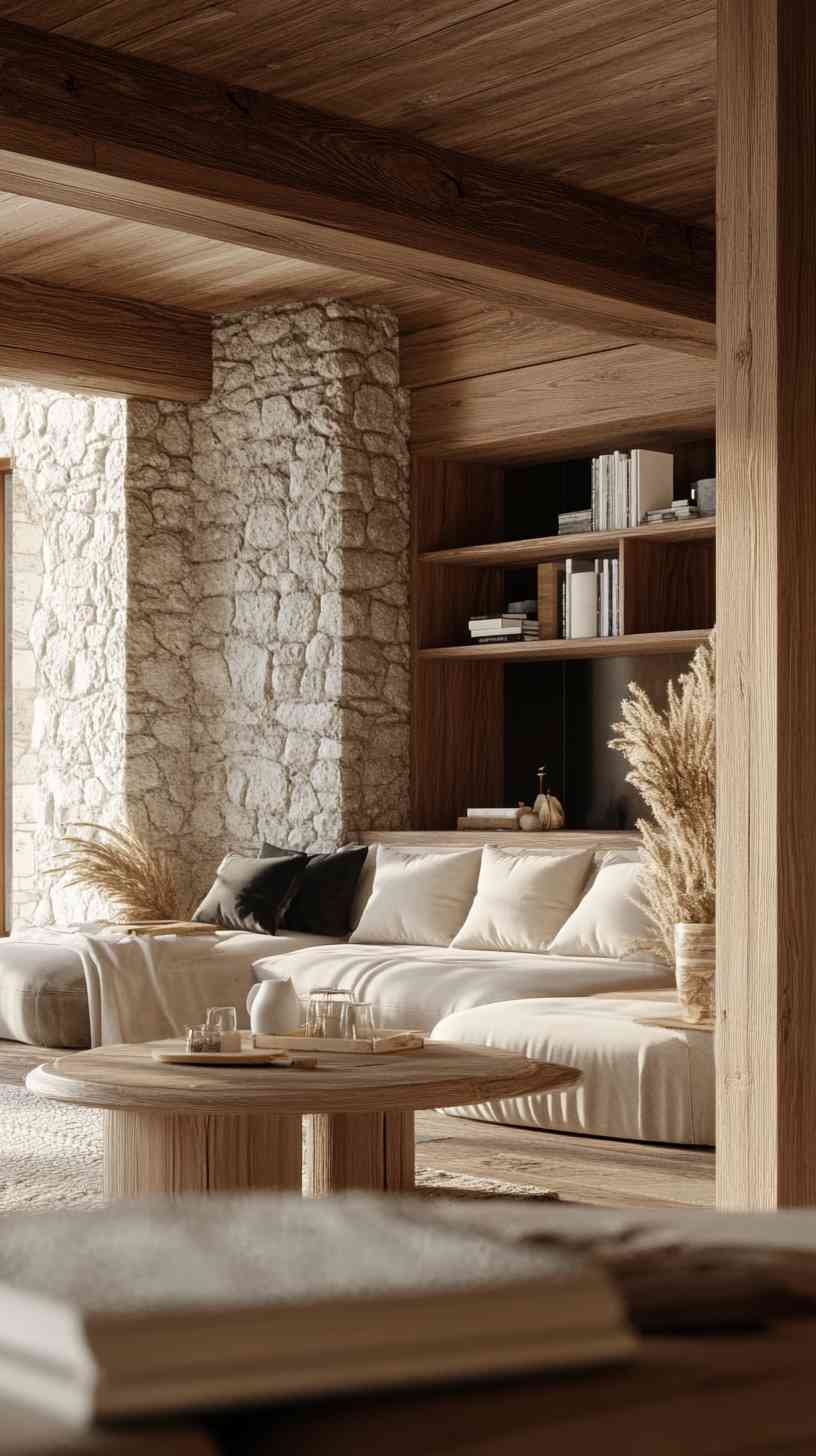
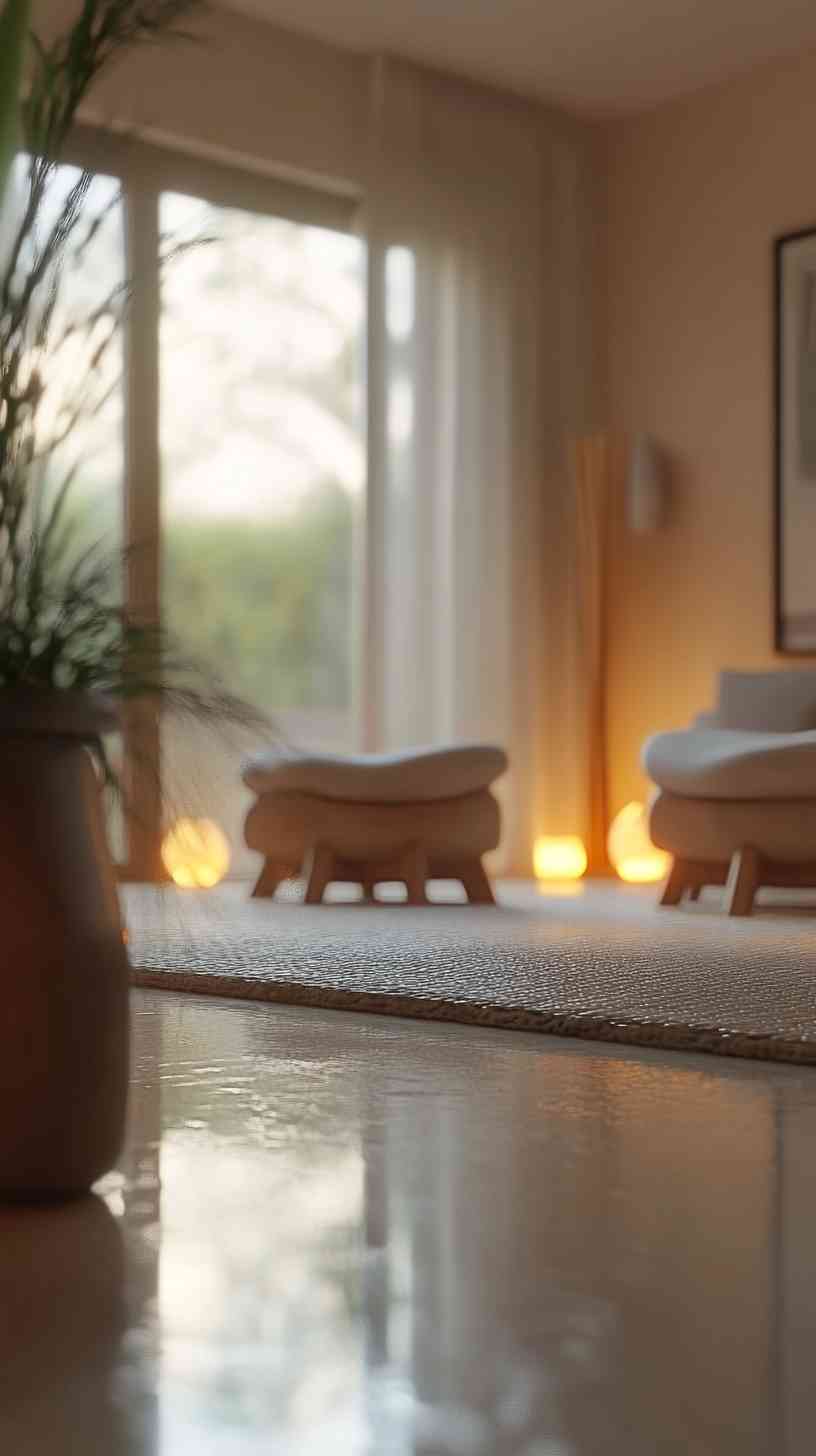
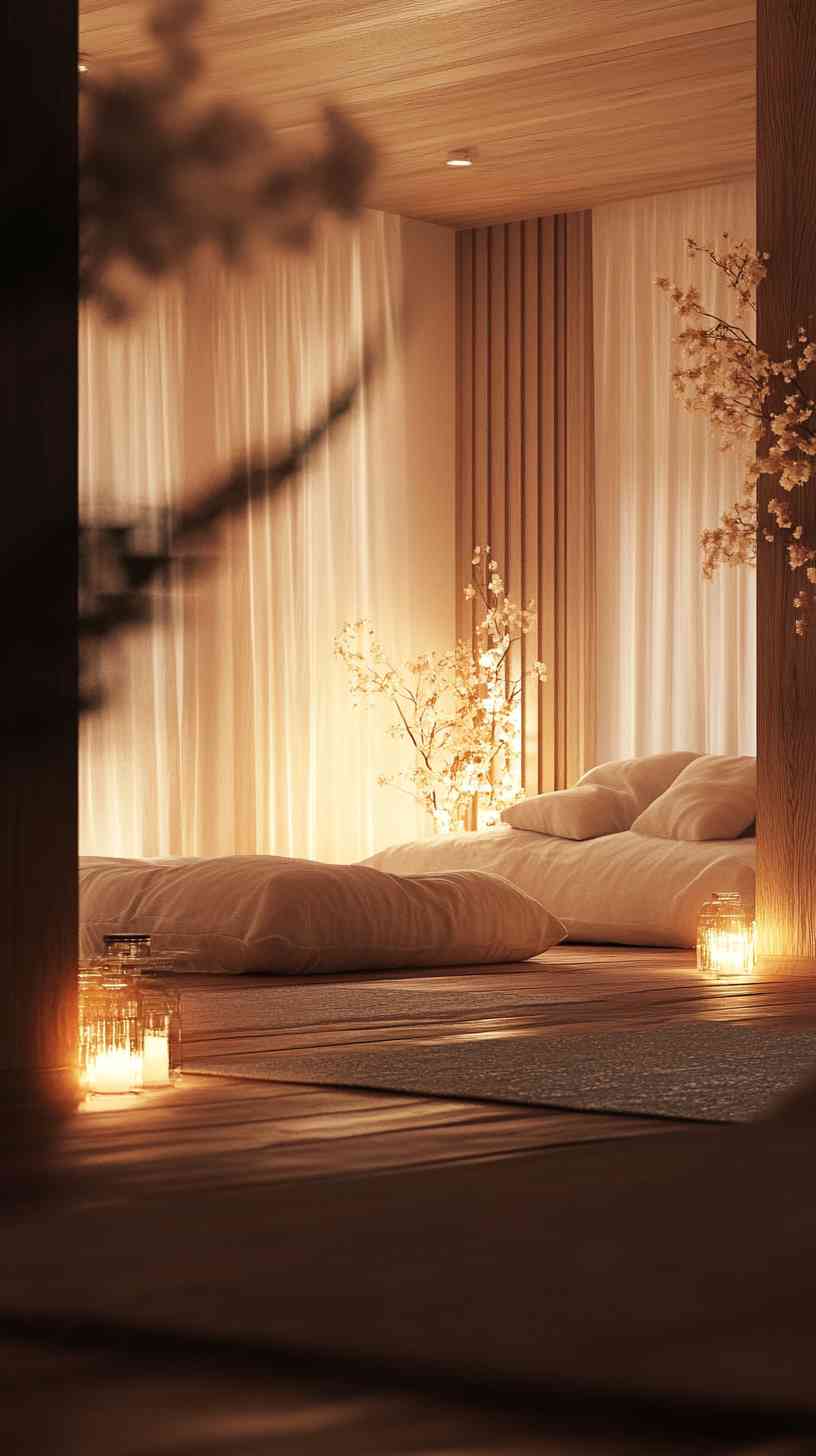
The Role of 4K HD Photos in 3D Interior Design
While 3D interior designs are impressive on their own, the introduction of 4K high-definition photography takes them to the next level. 4K resolution, which refers to a display resolution of approximately 4,000 pixels horizontally, offers four times the detail of standard 1080p HD. When applied to 3D renderings, 4K HD photos provide unparalleled clarity, sharpness, and realism, making them a powerful medium for showcasing interior designs.
Why 4K HD Matters
- Unmatched Detail: In 4K HD photos, every element of a 3D interior design—from the texture of a wooden floor to the stitching on a sofa—is rendered with exceptional precision. This level of detail allows viewers to appreciate the craftsmanship and artistry of the design.
- Realistic Textures and Lighting: One of the challenges of 3D rendering is achieving realism, particularly when it comes to textures and lighting. 4K HD photos excel in capturing the subtle nuances of materials, such as the sheen of marble countertops or the softness of a velvet curtain. Similarly, they can showcase the interplay of natural and artificial light within a space, creating a lifelike atmosphere.
- Immersive Experience: When viewed on a 4K-compatible screen, these photos offer an immersive experience that feels almost tangible. Clients can zoom in on specific areas of the design without losing clarity, allowing them to examine every detail up close.
- Professional Presentation: For designers and architects, presenting their work in 4K HD demonstrates professionalism and attention to detail. It elevates the quality of their portfolio and enhances their credibility in the eyes of clients.
- Versatility: 4K HD photos can be used across a variety of platforms, from online portfolios and social media to printed brochures and large-scale displays. Their high resolution ensures that they look stunning in any format, making them a versatile tool for marketing and client presentations.
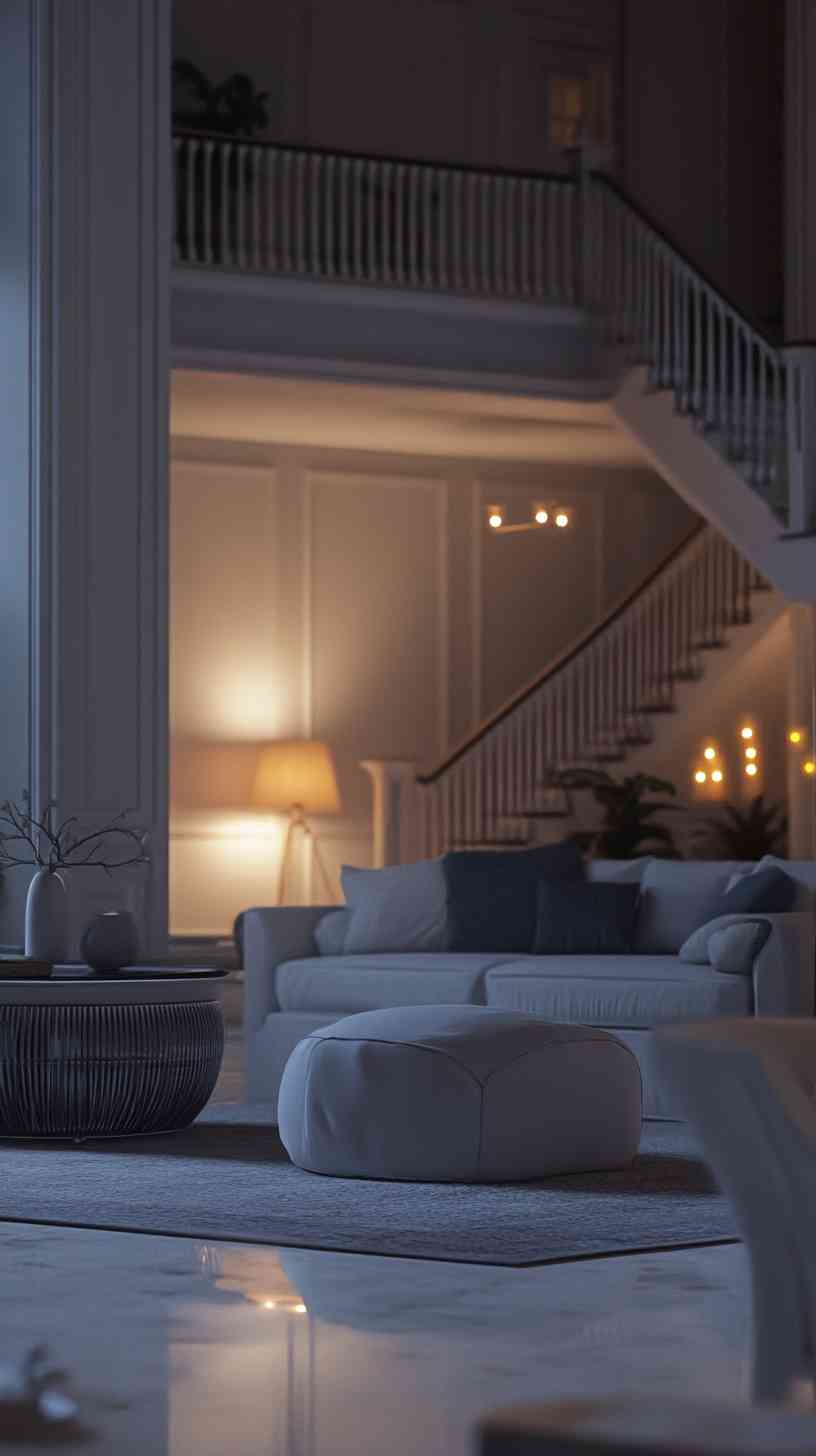
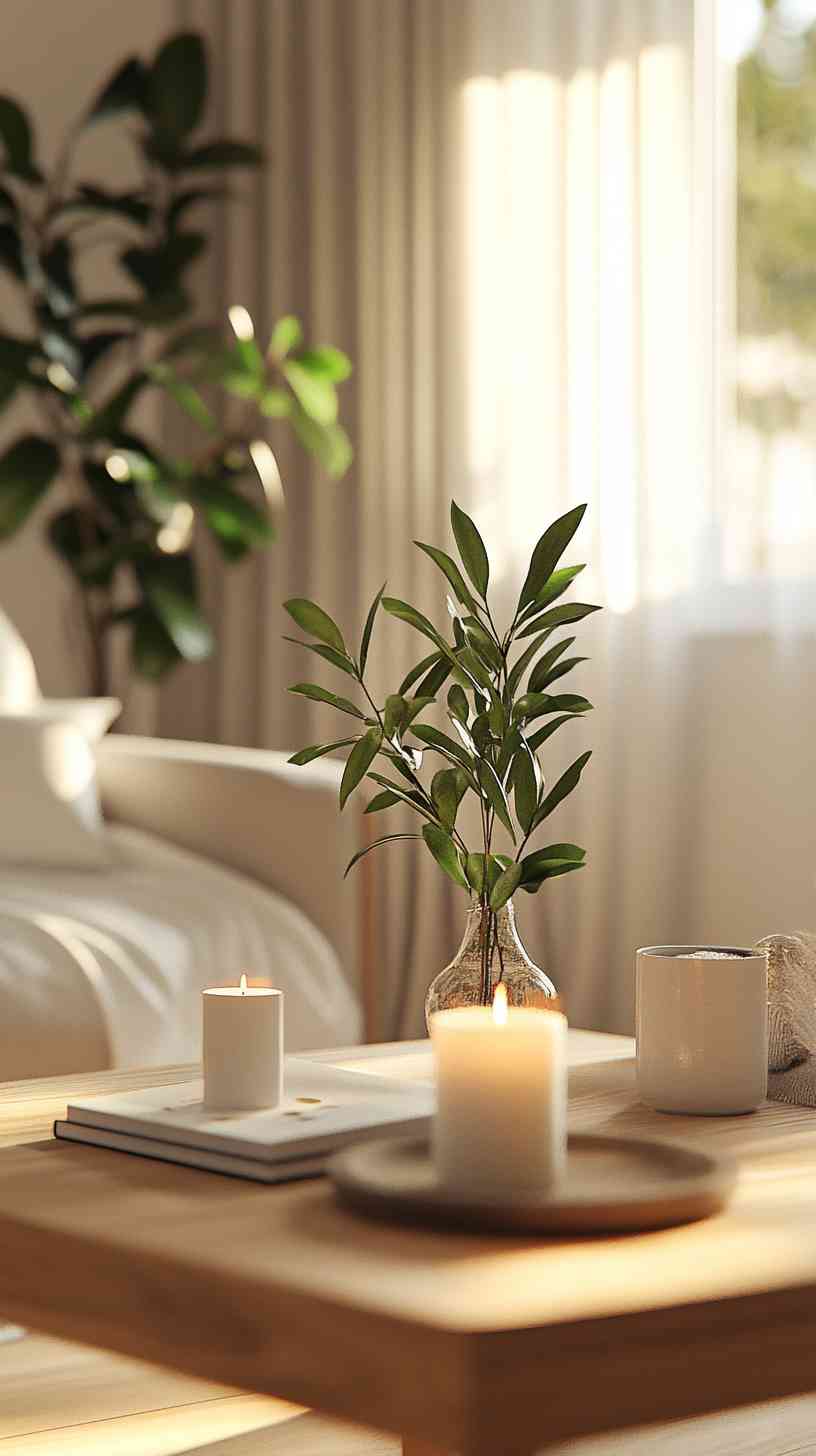
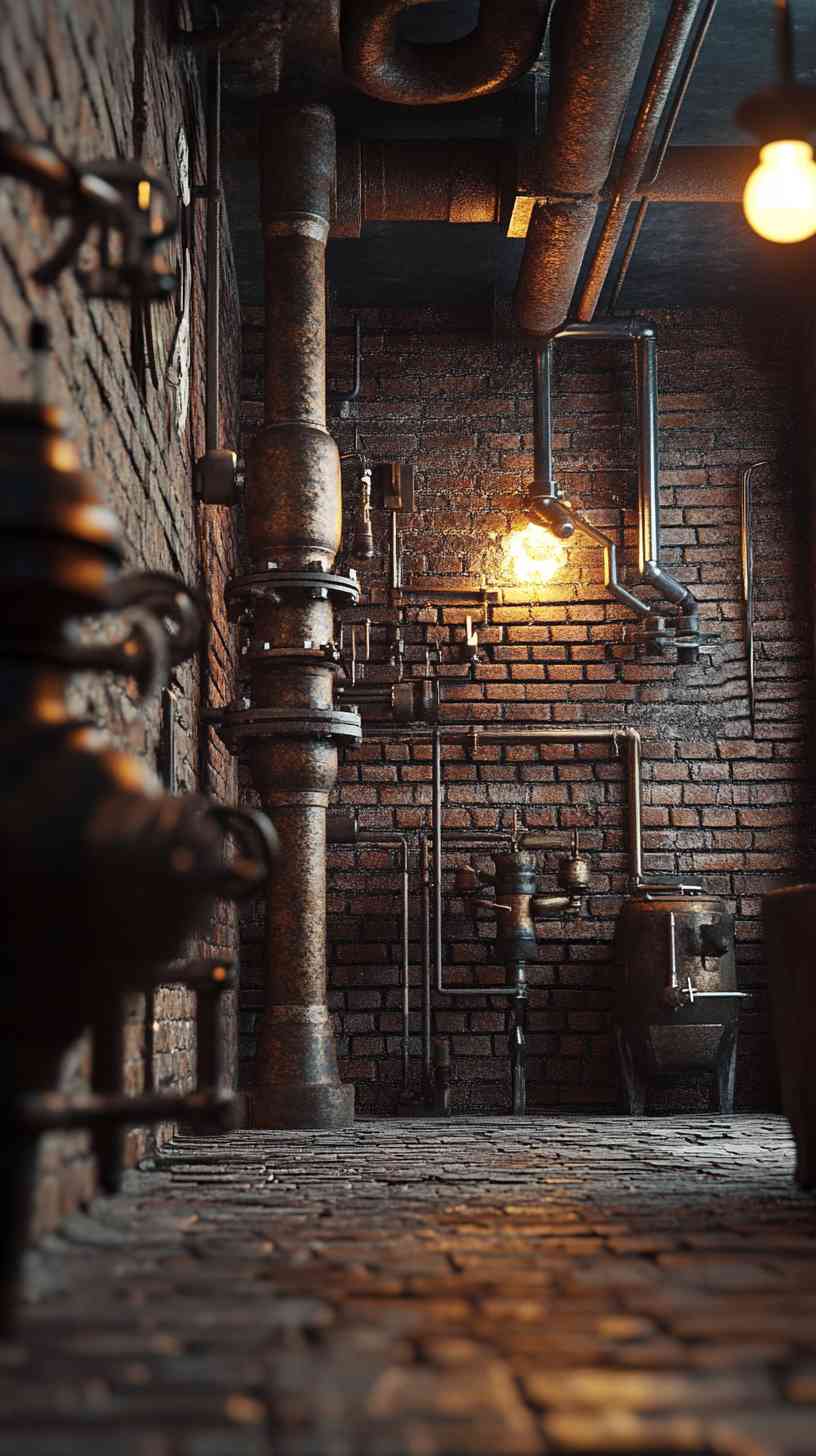
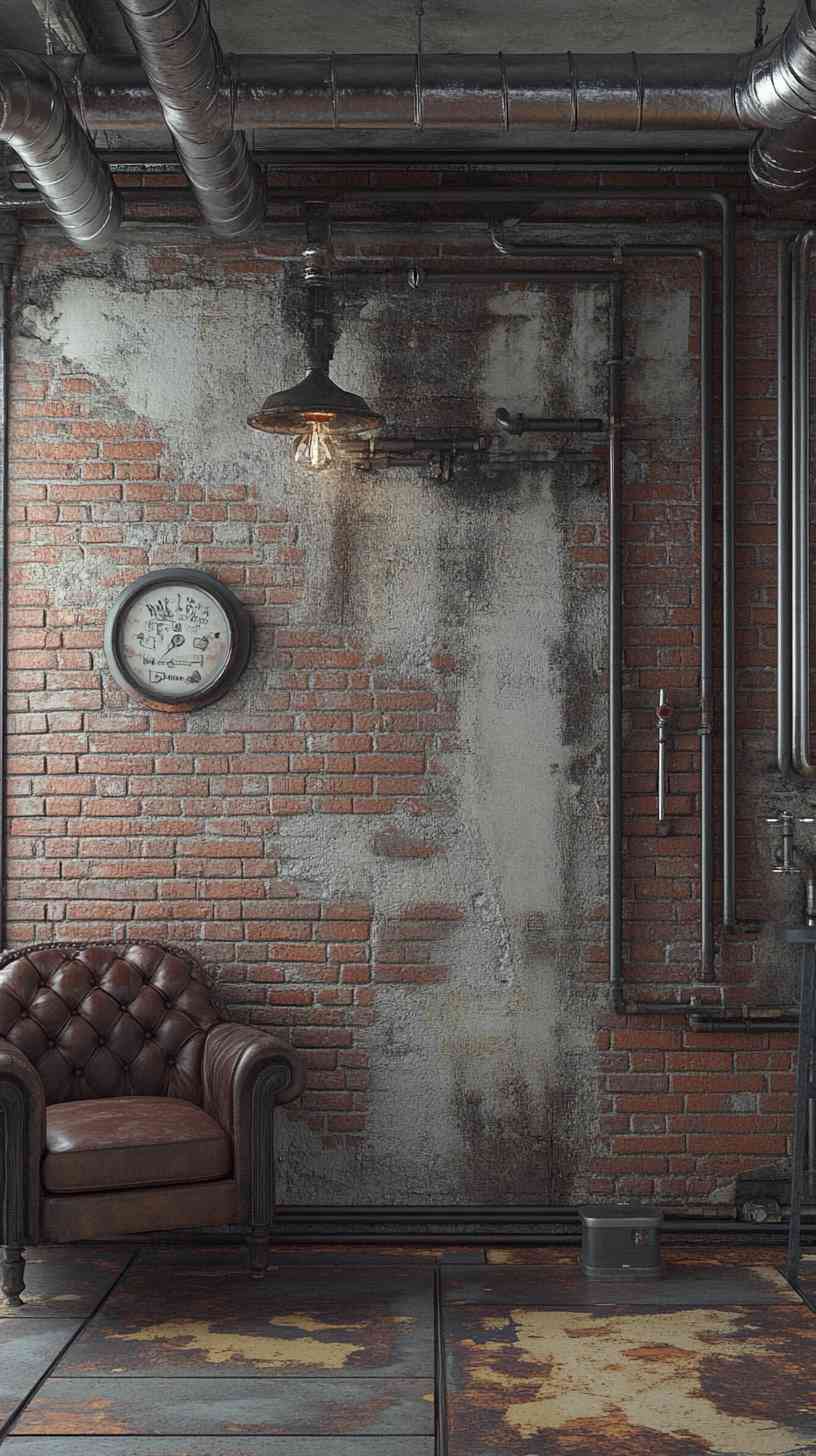
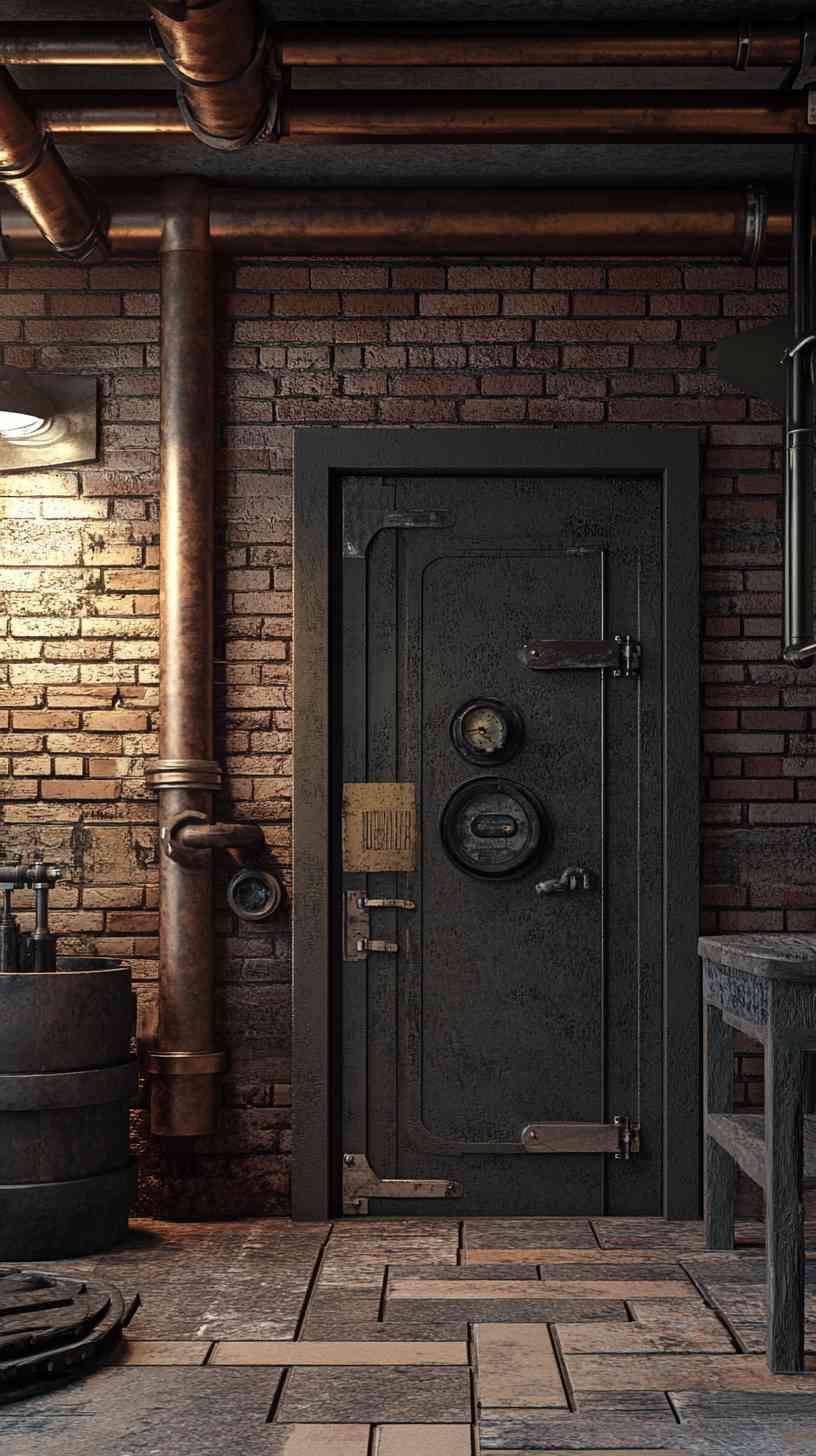
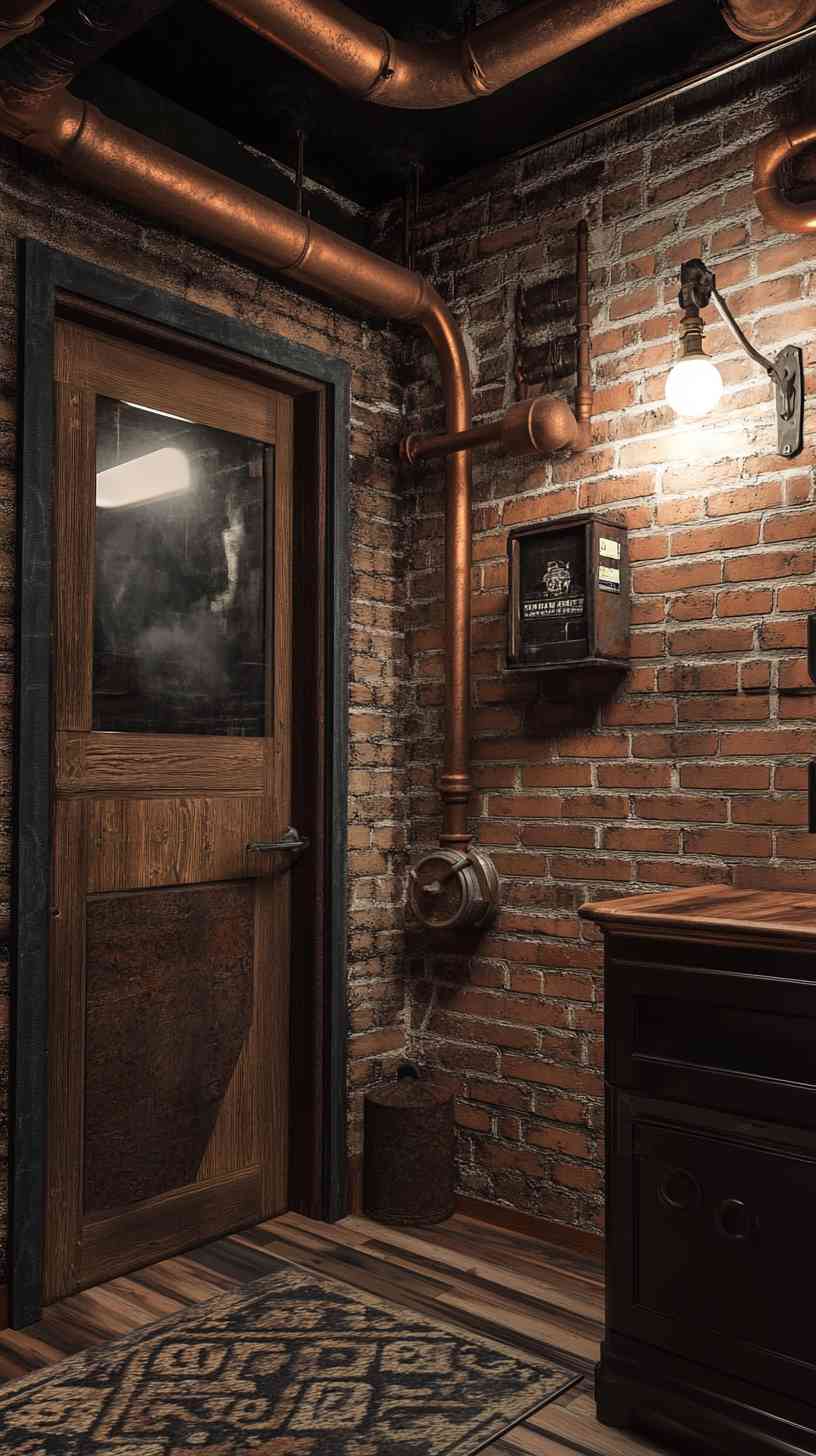
How 3D Interior Designs Are Created for 4K HD Photos
The process of creating 3D interior designs that are suitable for 4K HD photography involves several steps, each requiring a combination of technical expertise and artistic vision. Here’s an overview of the workflow:
- Conceptualization: The process begins with a consultation between the designer and the client to establish the project’s goals, style preferences, and functional requirements. This stage may involve creating mood boards or sketches to outline the initial concept.
- 3D Modeling: Using specialized software, the designer creates a 3D model of the interior space. This includes building the room’s structure (walls, floors, ceilings) and adding furniture, fixtures, and decorative elements. Attention to detail is critical at this stage, as every element must be accurately proportioned and textured.
- Texturing and Materials: The designer applies textures and materials to the 3D model to give it a realistic appearance. This might involve adding wood grain to a table, fabric patterns to a sofa, or reflective surfaces to a mirror. Advanced rendering engines, such as V-Ray or Unreal Engine, are often used to achieve photorealistic results.
- Lighting Setup: Lighting plays a crucial role in 3D renderings, as it affects the mood and realism of the design. The designer sets up virtual light sources—such as sunlight streaming through a window or the glow of a chandelier—and adjusts their intensity, color, and placement to achieve the desired effect.
- Rendering: Once the 3D model is complete, the software renders it into a high-resolution image. For 4K HD photos, the rendering process is optimized to produce an image with a resolution of at least 3840 x 2160 pixels. This step can be time-intensive, depending on the complexity of the design and the computing power available.
- Post-Processing: After rendering, the image is refined in post-production software like Adobe Photoshop or Lightroom. Adjustments to color balance, contrast, and sharpness are made to enhance the final output and ensure it meets 4K HD standards.
- Export and Presentation: The finished 4K HD photo is exported in a suitable file format (e.g., JPEG or PNG) and presented to the client. It may also be uploaded to online platforms, printed for physical portfolios, or used in virtual tours.
Applications of 3D Interior Designs in 4K HD
The combination of 3D interior design and 4K HD photography has a wide range of applications, catering to both residential and commercial needs. Here are some examples:
- Residential Design: Homeowners use 3D renderings to plan renovations, experiment with furniture layouts, or visualize new construction projects. 4K HD photos provide a crystal-clear view of the proposed design, helping them make informed decisions.
- Real Estate Marketing: Developers and real estate agents use 3D renderings to showcase properties that are still under construction or in the planning stages. High-quality 4K photos attract potential buyers by offering a realistic preview of the finished space.
- Commercial Spaces: Businesses, such as hotels, restaurants, and offices, use 3D interior designs to plan their layouts and create branded environments. 4K HD photos highlight the sophistication and functionality of these spaces, making them appealing to clients and customers.
- Virtual Staging: In real estate, virtual staging involves digitally furnishing an empty property to make it more appealing to buyers. 4K HD photos of virtually staged interiors showcase the potential of a space with stunning clarity.
- Design Portfolios: Interior designers and architects use 4K HD photos to build their portfolios, showcasing their best work in a professional and visually striking manner.
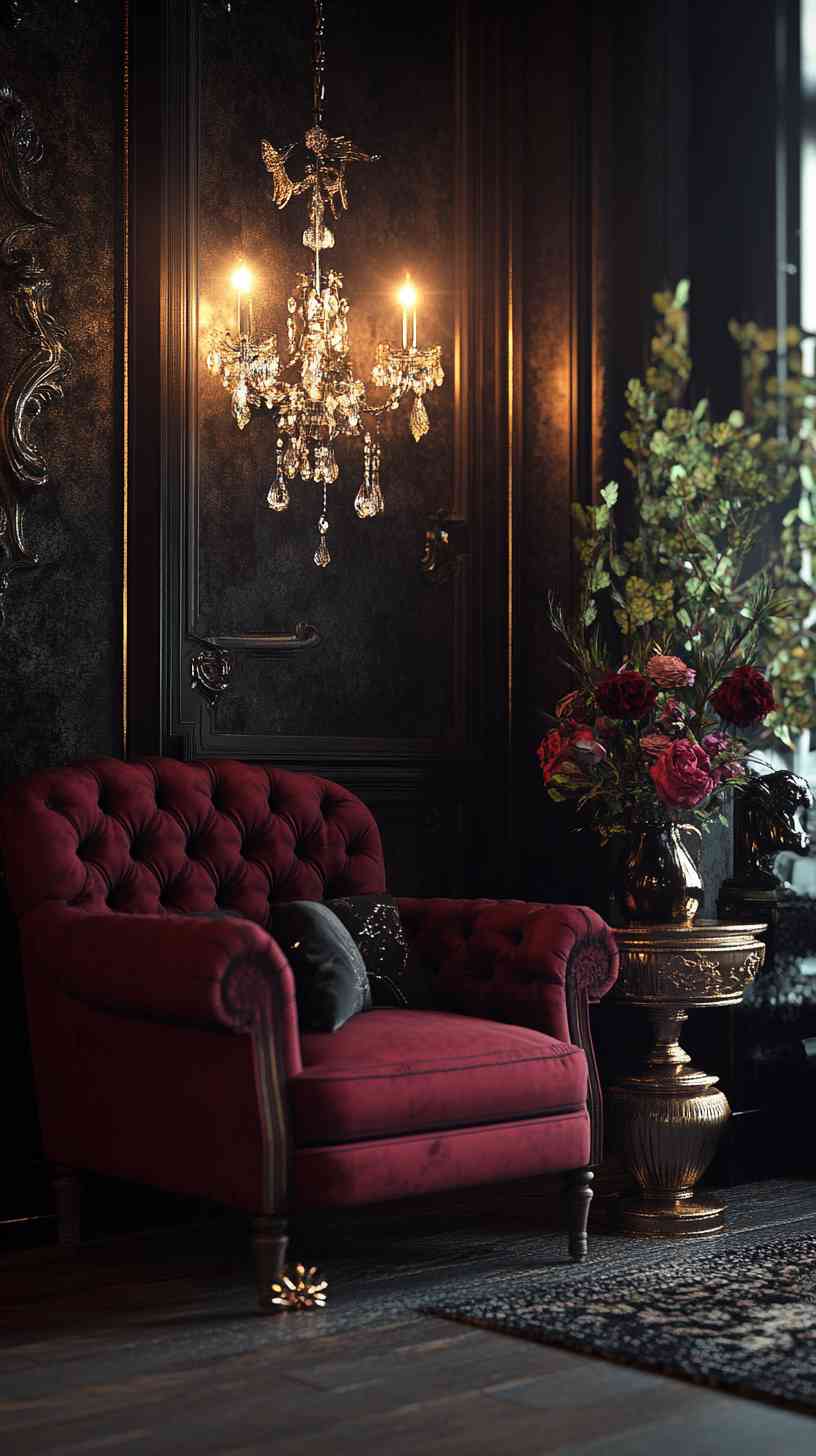
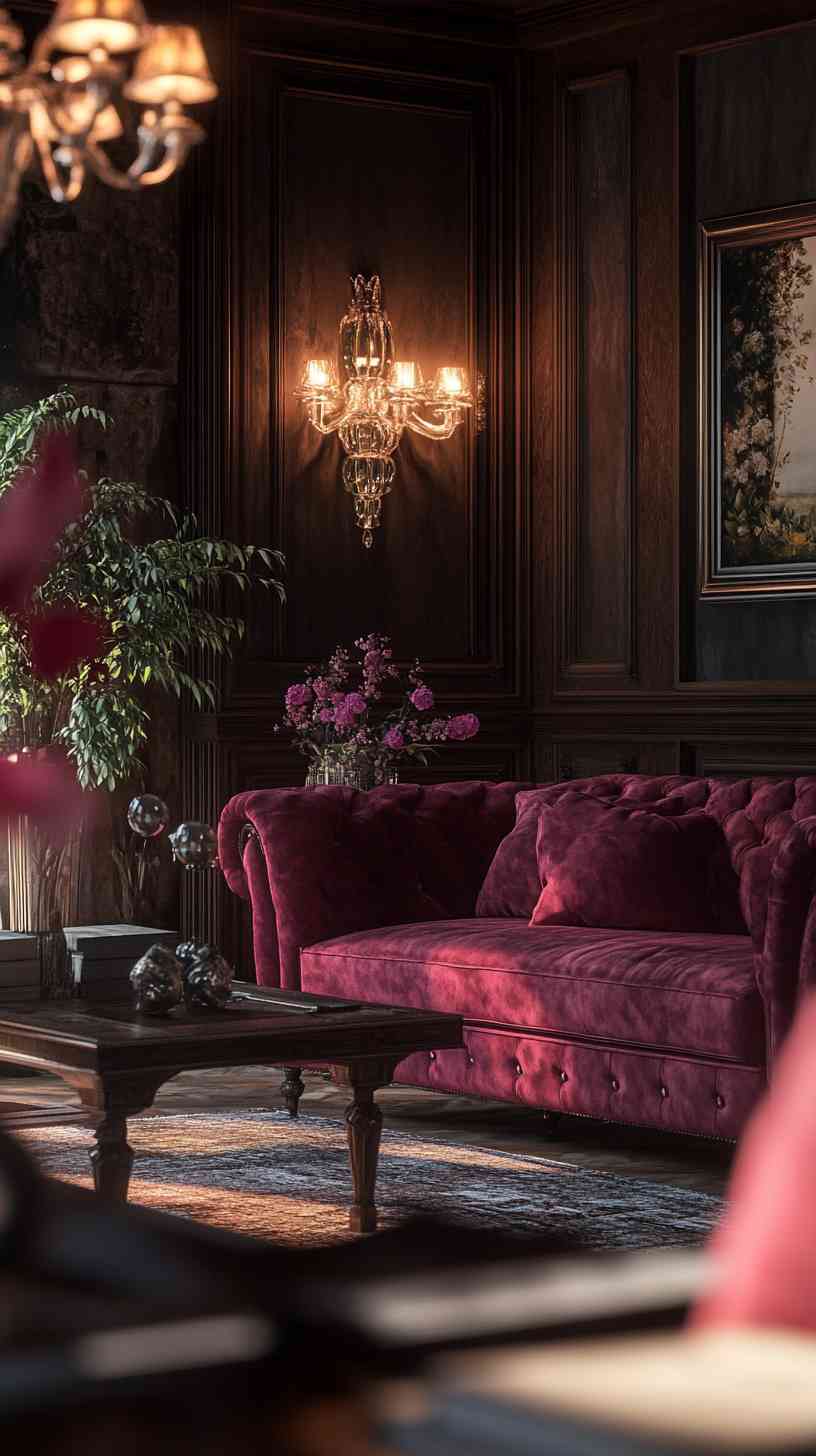
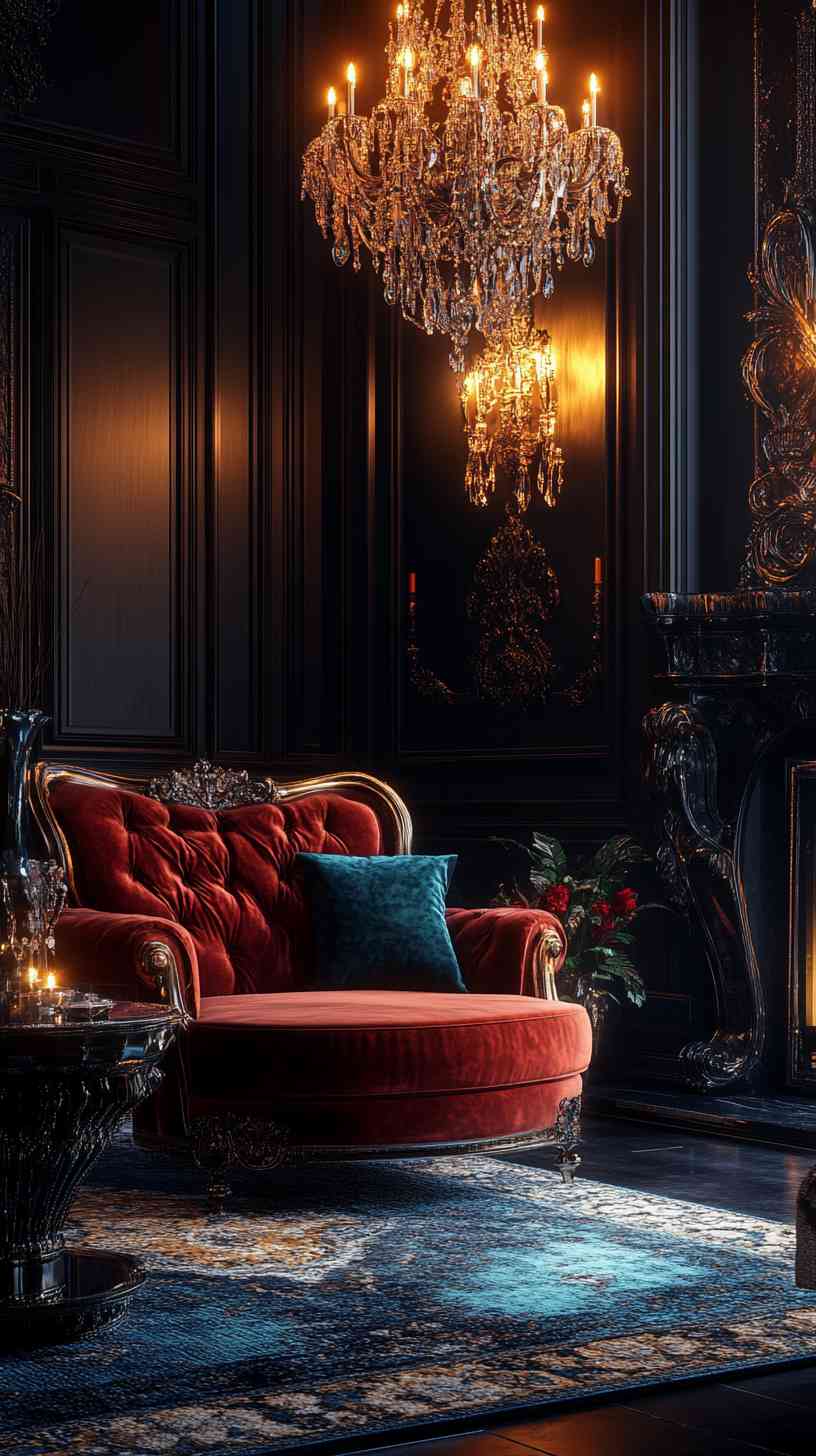
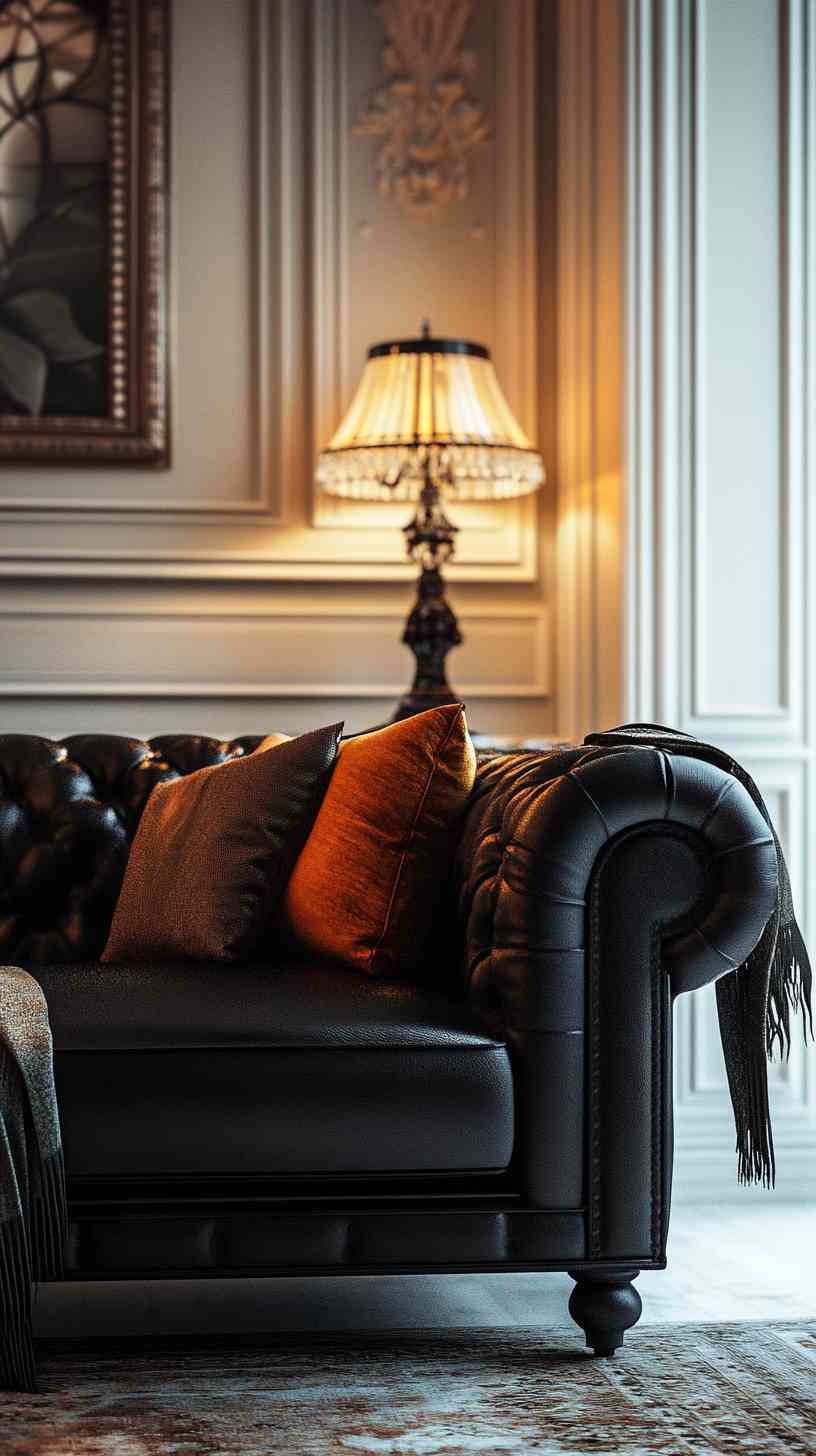
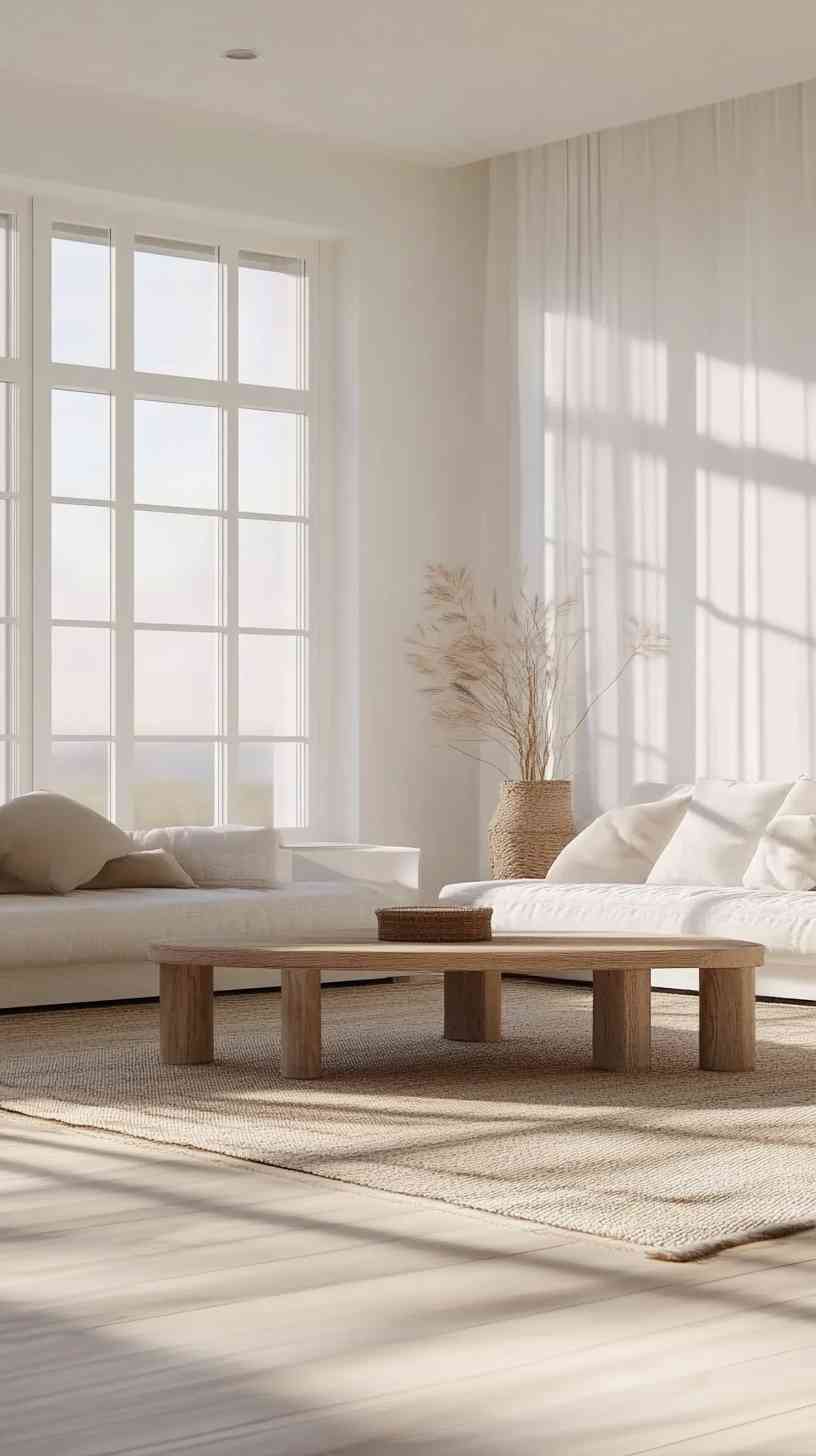
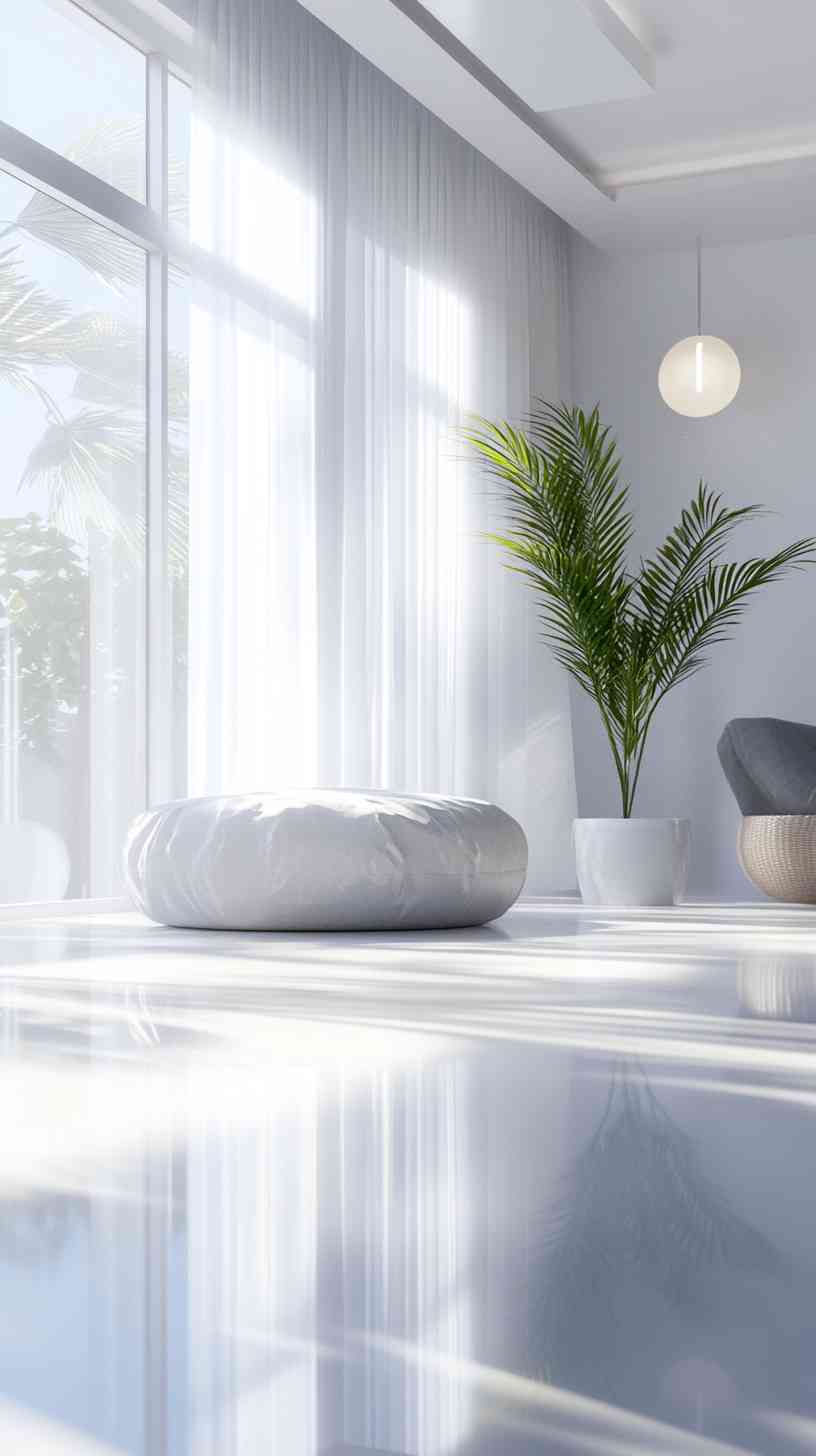
The Future of 3D Interior Design and 4K HD Photos
As technology continues to advance, the future of 3D interior design and 4K HD photography looks incredibly promising. Emerging trends such as virtual reality (VR) and augmented reality (AR) are already enhancing the way we experience 3D designs, allowing users to step inside a virtual space and interact with it in real time. When paired with 4K resolution, these immersive technologies offer an even more realistic and engaging experience.
Additionally, advancements in artificial intelligence (AI) are streamlining the design process. AI-powered tools can generate 3D models based on user inputs, suggest design elements, and optimize layouts for functionality and aesthetics. As AI continues to evolve, it’s likely that the creation of 3D interior designs and their rendering into 4K HD photos will become faster, more accessible, and more affordable.
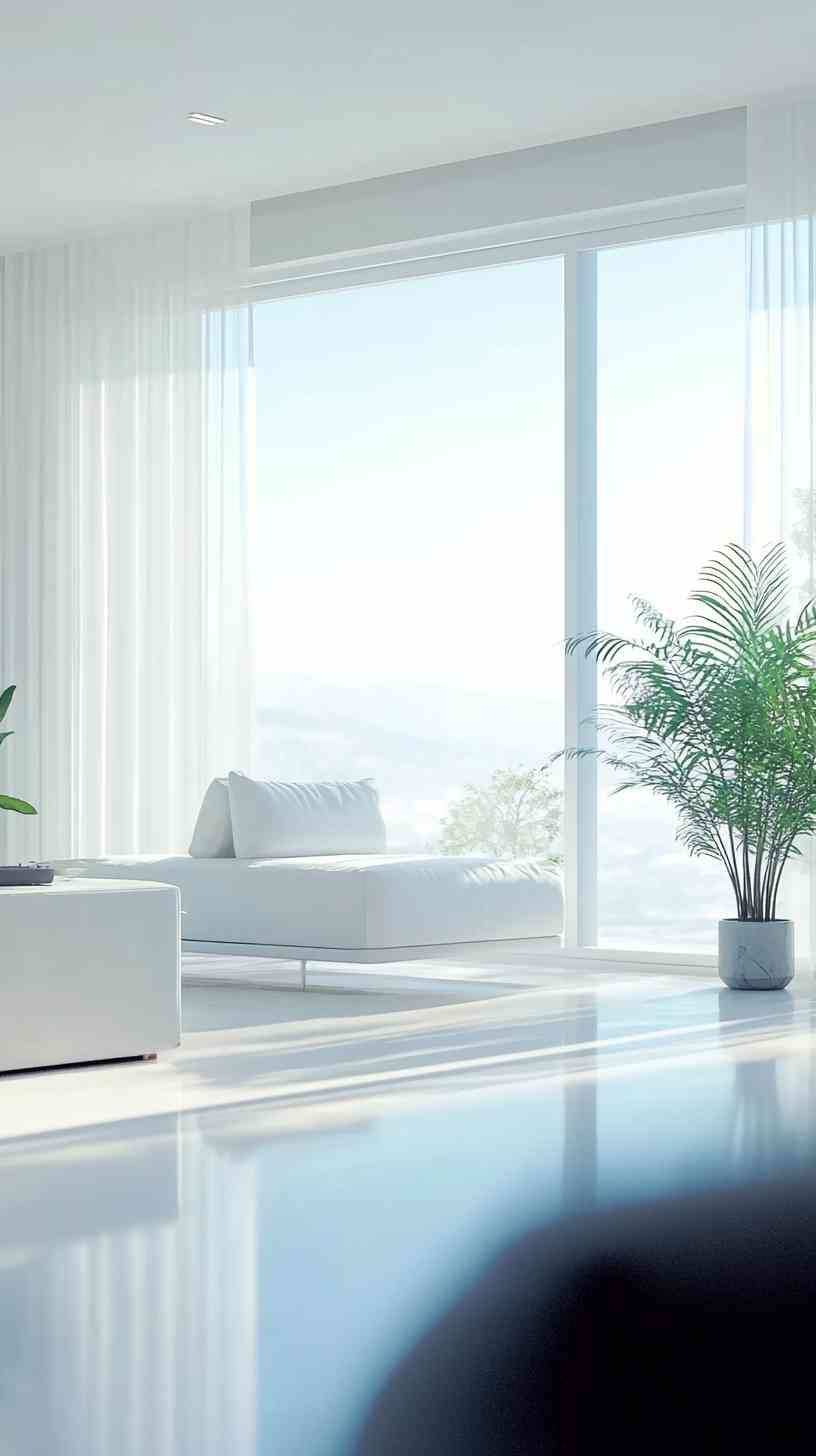
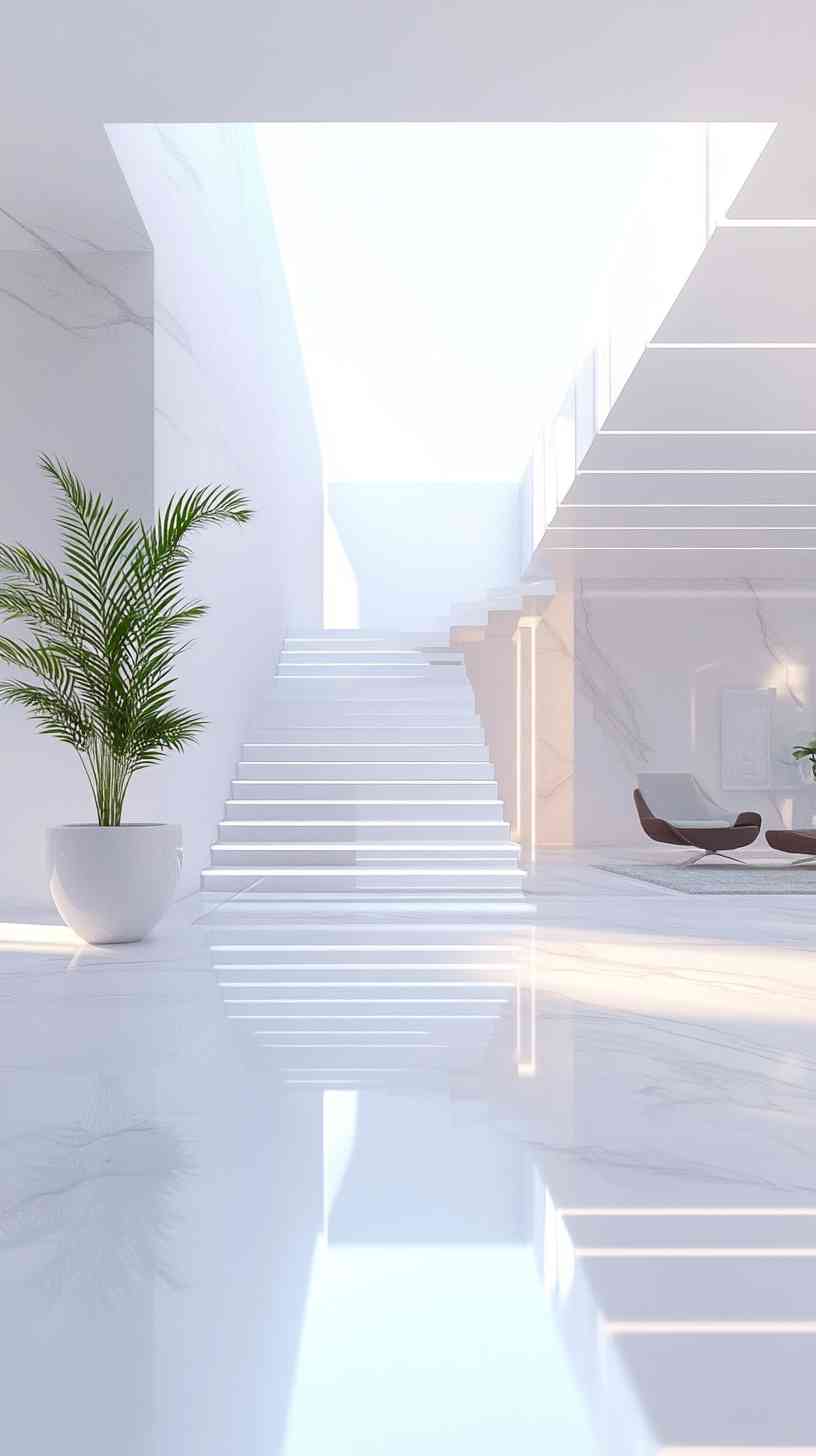
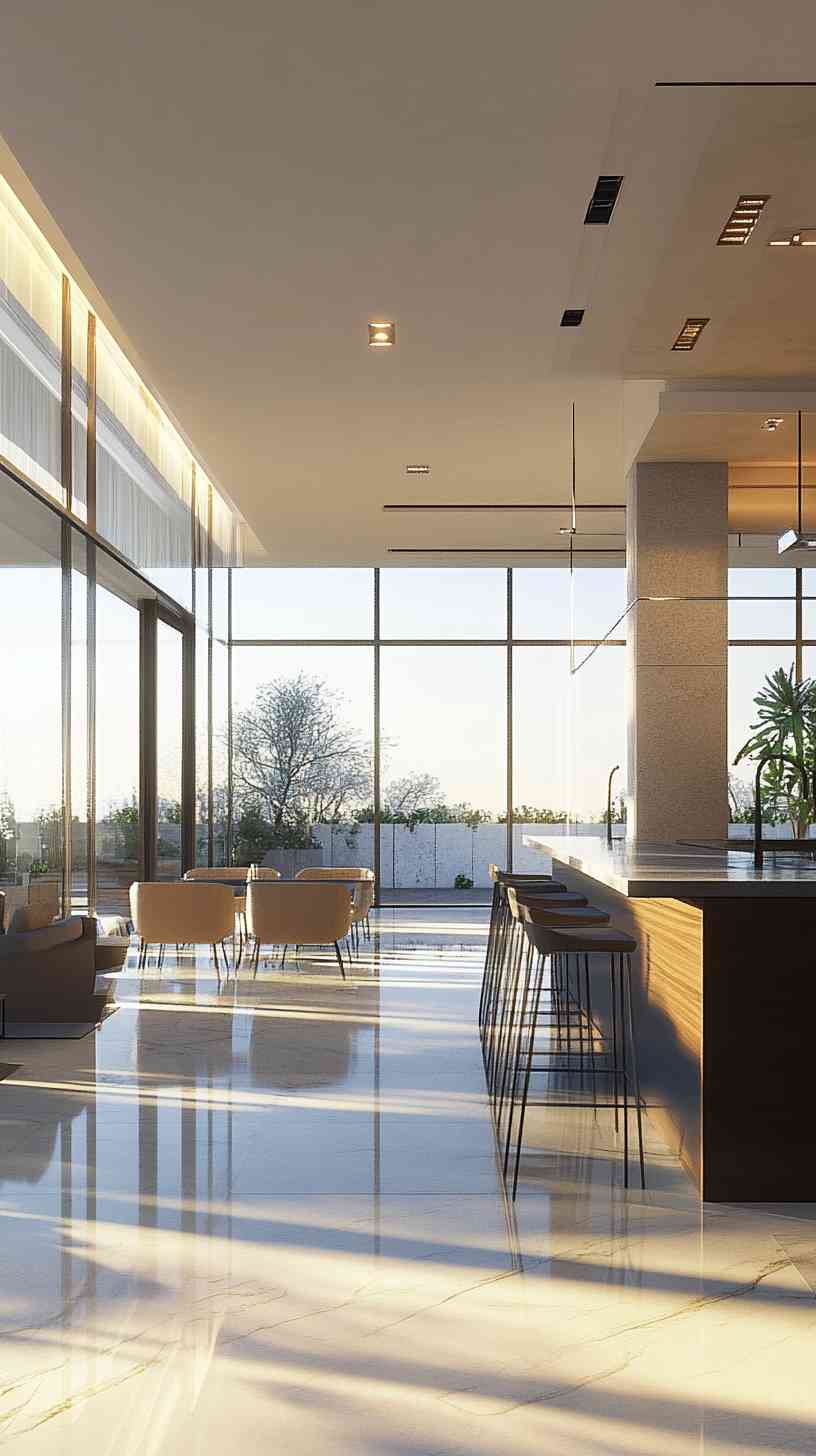
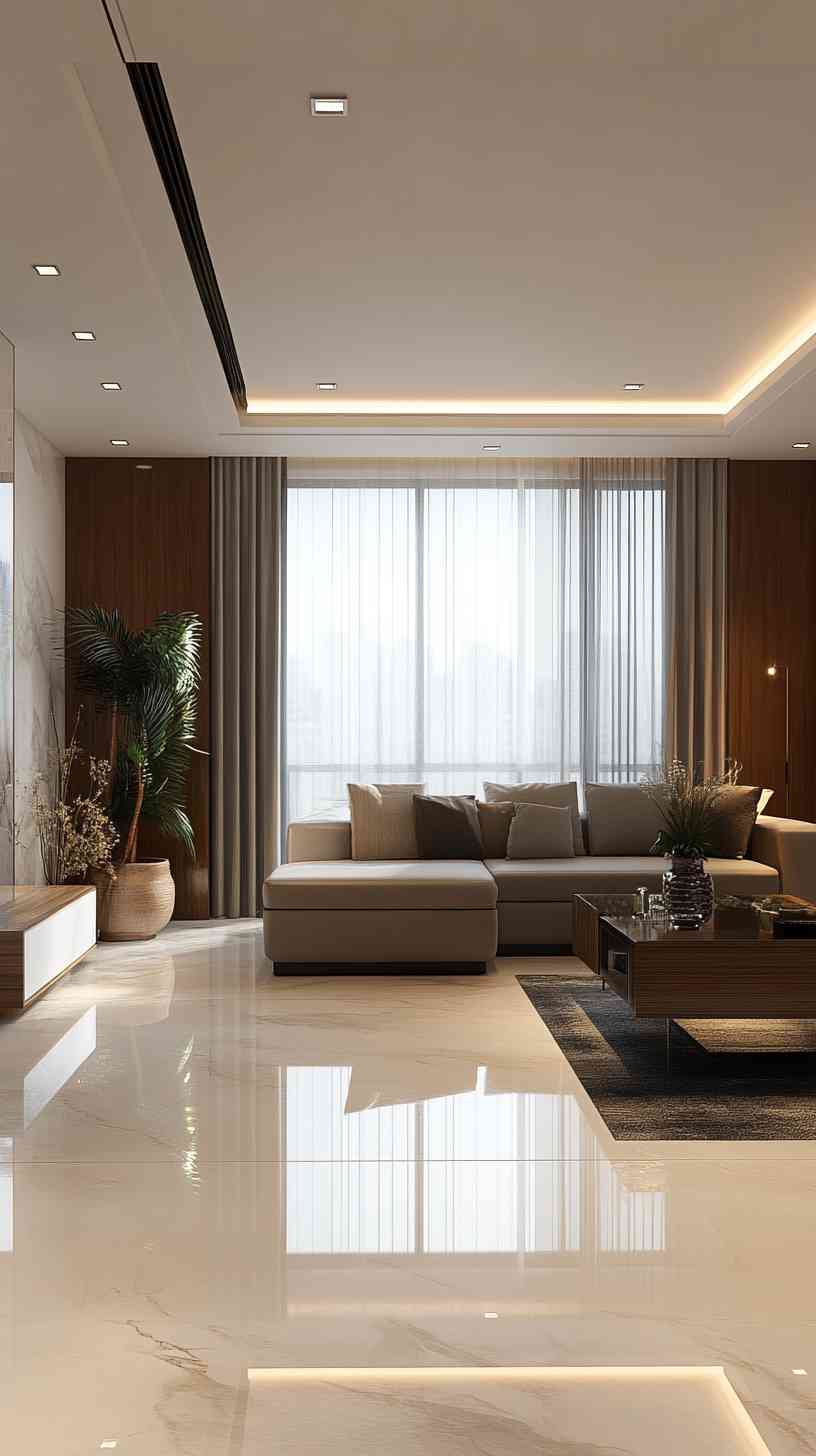
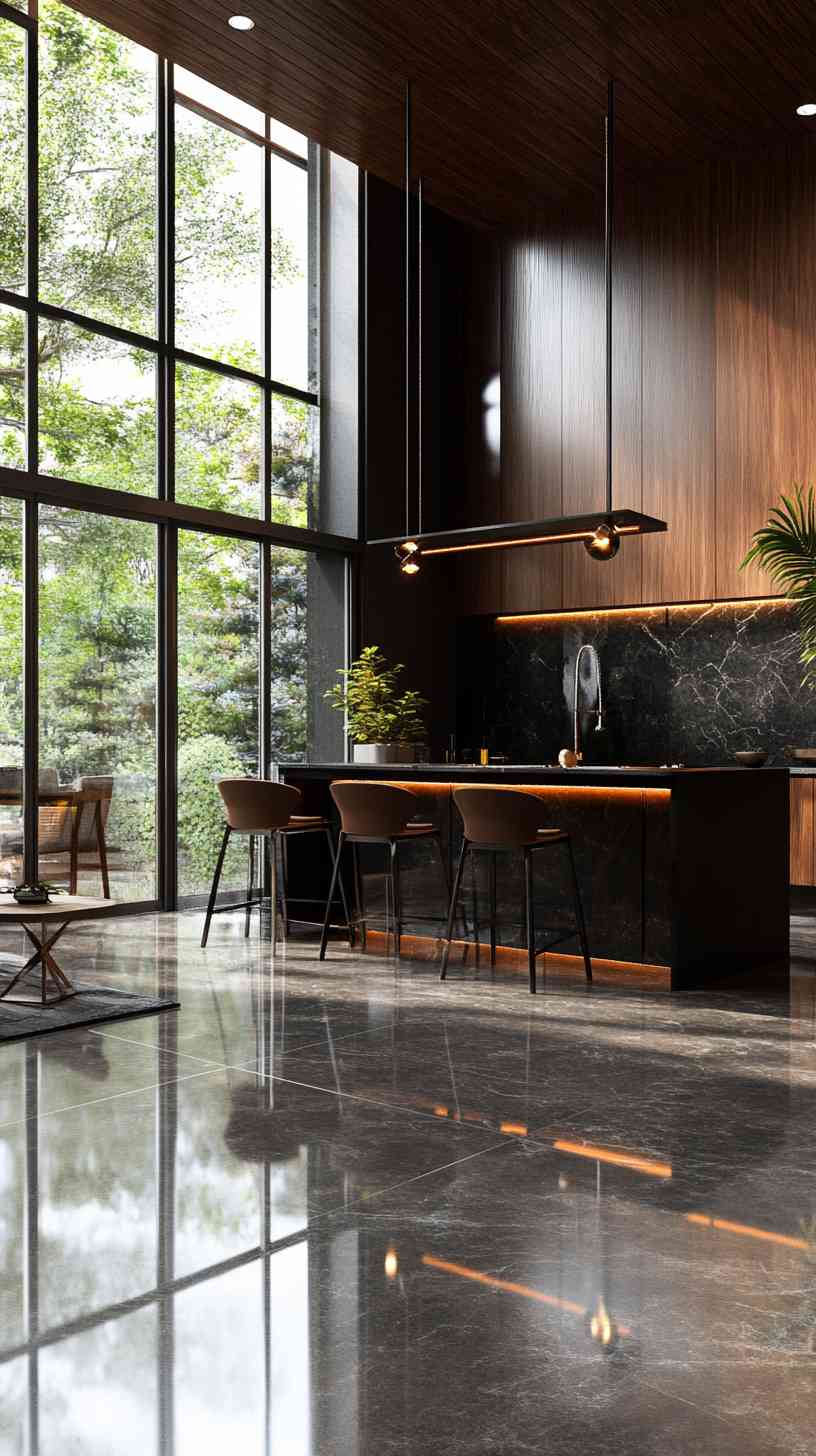
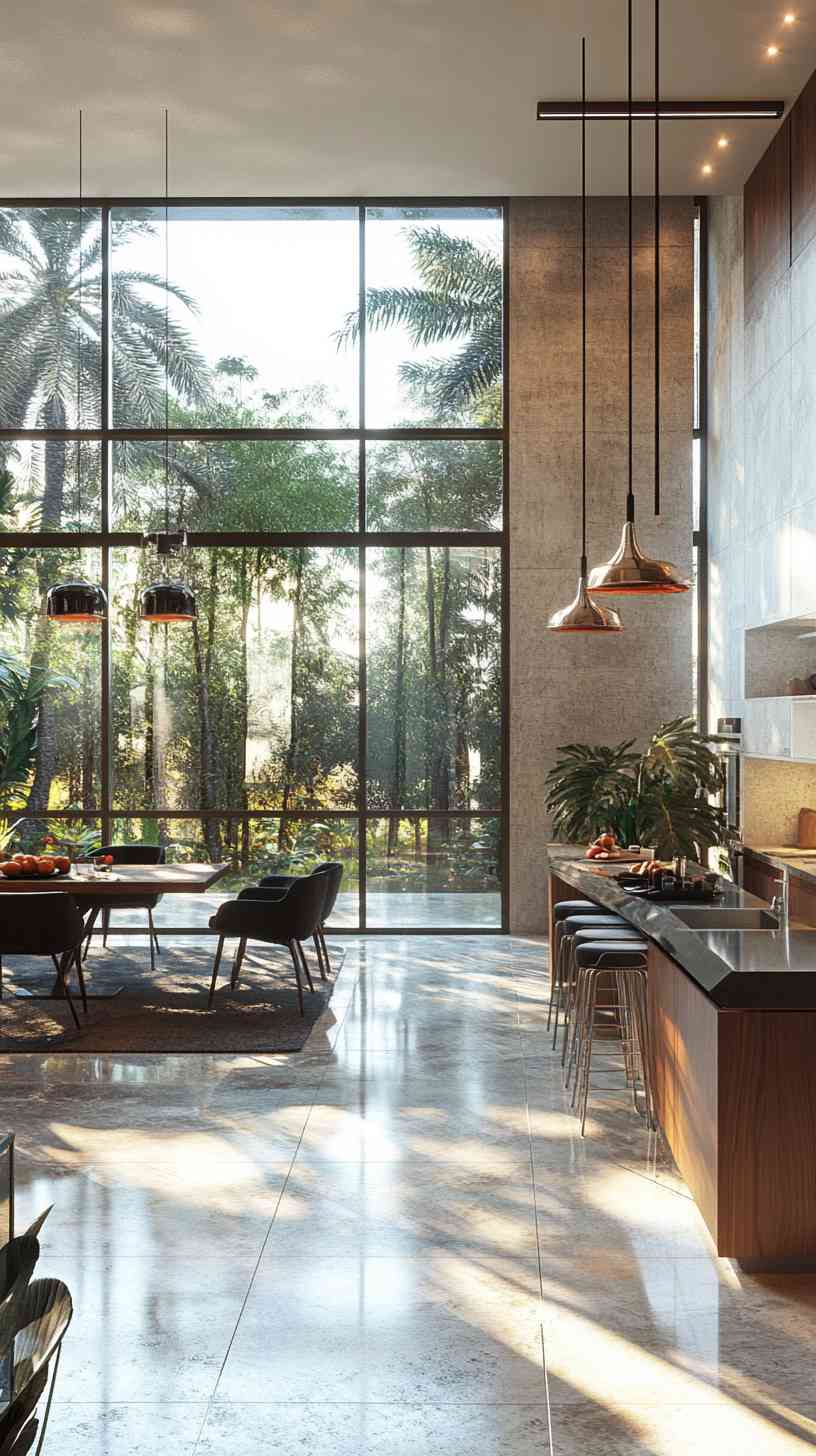
Conclusion
3D interior design has revolutionized the way we plan, visualize, and create living spaces, offering a level of detail and realism that was once unimaginable. When combined with the power of 4K HD photography, these designs become even more impactful, providing a window into the beauty and functionality of a house’s interior. Whether you’re a homeowner looking to renovate, a designer showcasing your work, or a real estate professional marketing a property, 3D interior designs in 4K HD are a powerful tool that bridges the gap between imagination and reality.
As we move further into the digital age, the integration of advanced rendering techniques, high-resolution imaging, and emerging technologies like VR and AI will continue to push the boundaries of interior design. For now, 4K HD photos of 3D interior designs remain a gold standard, offering a breathtakingly clear and detailed glimpse into the homes of tomorrow.
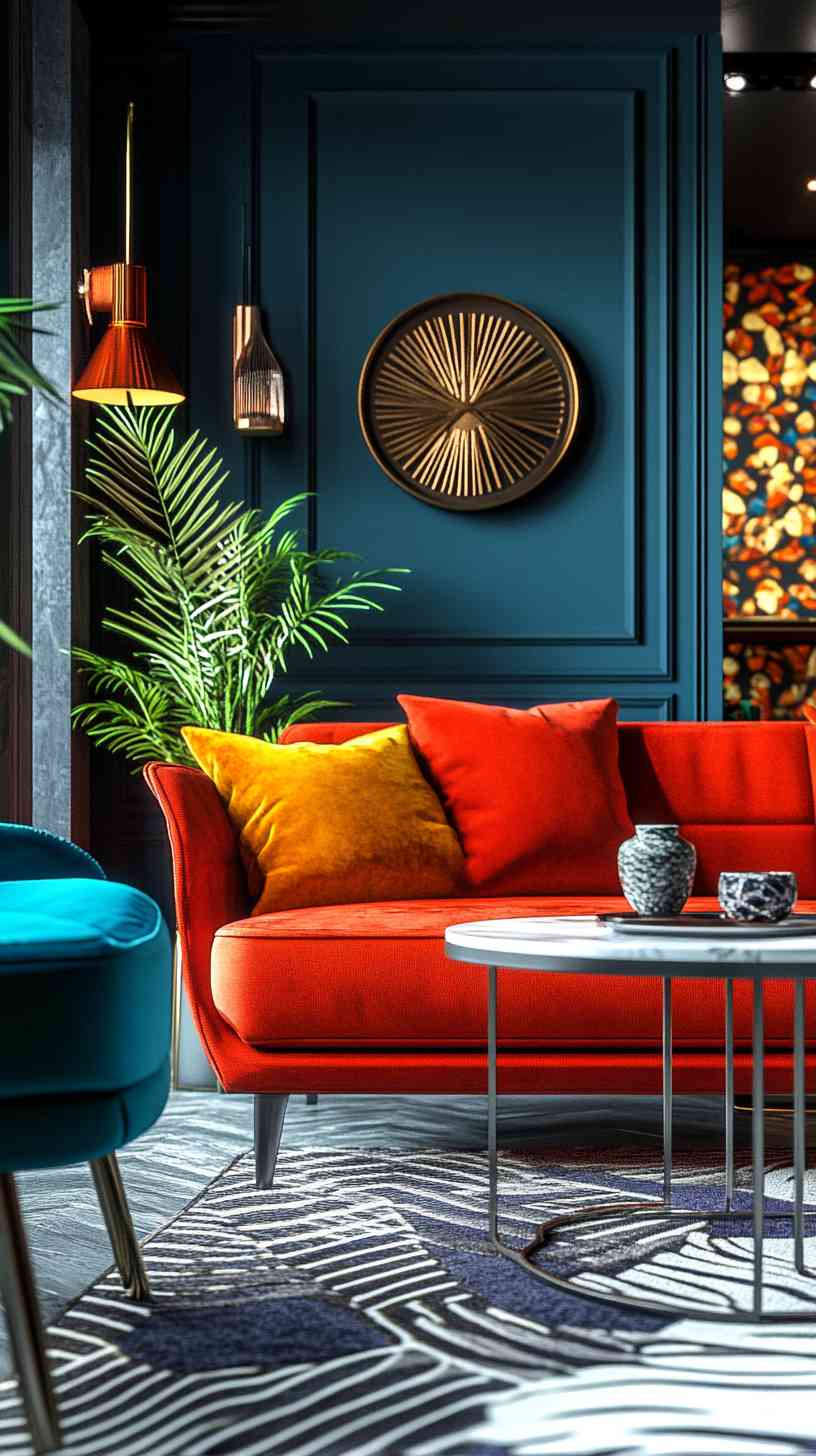
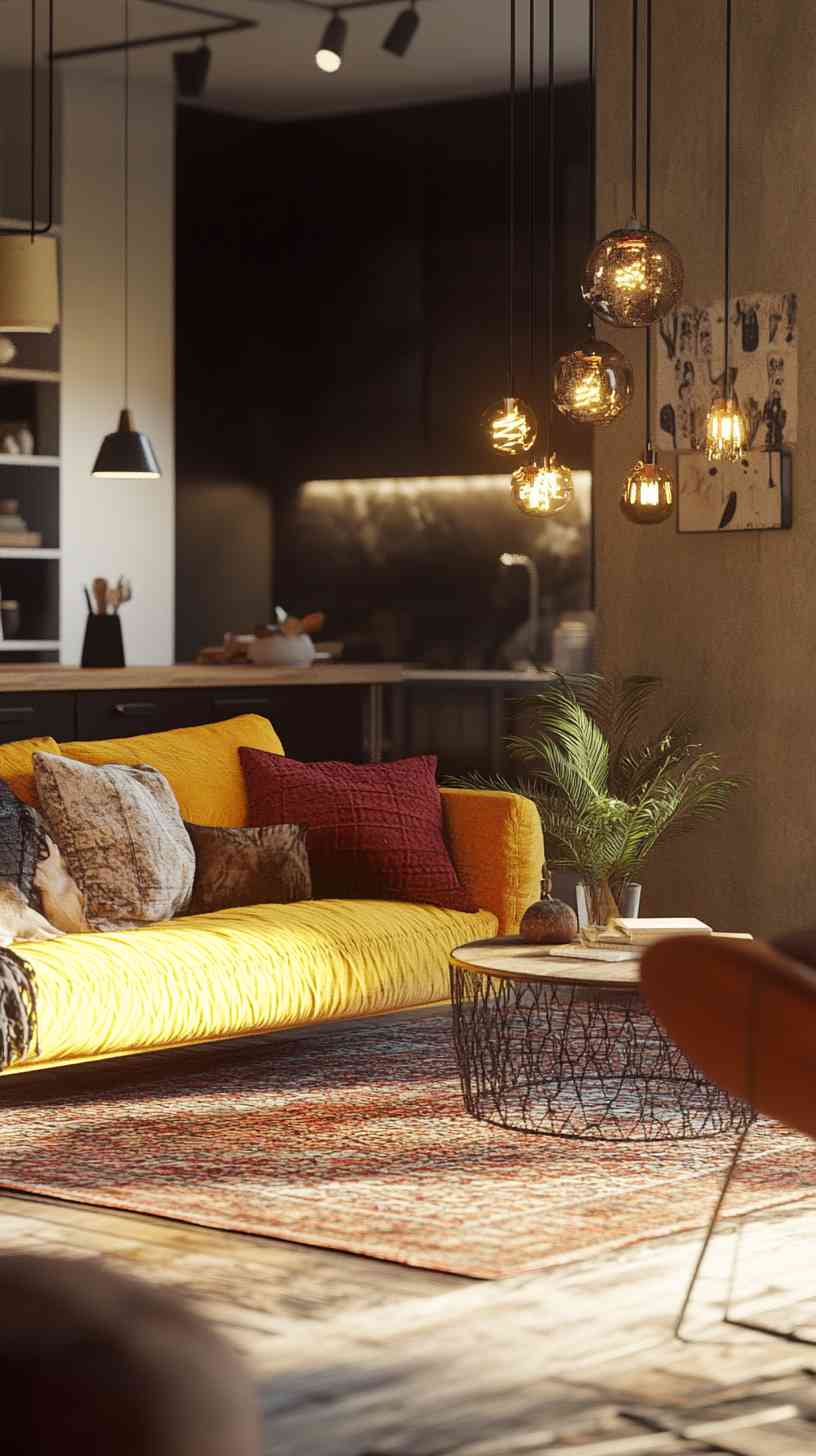
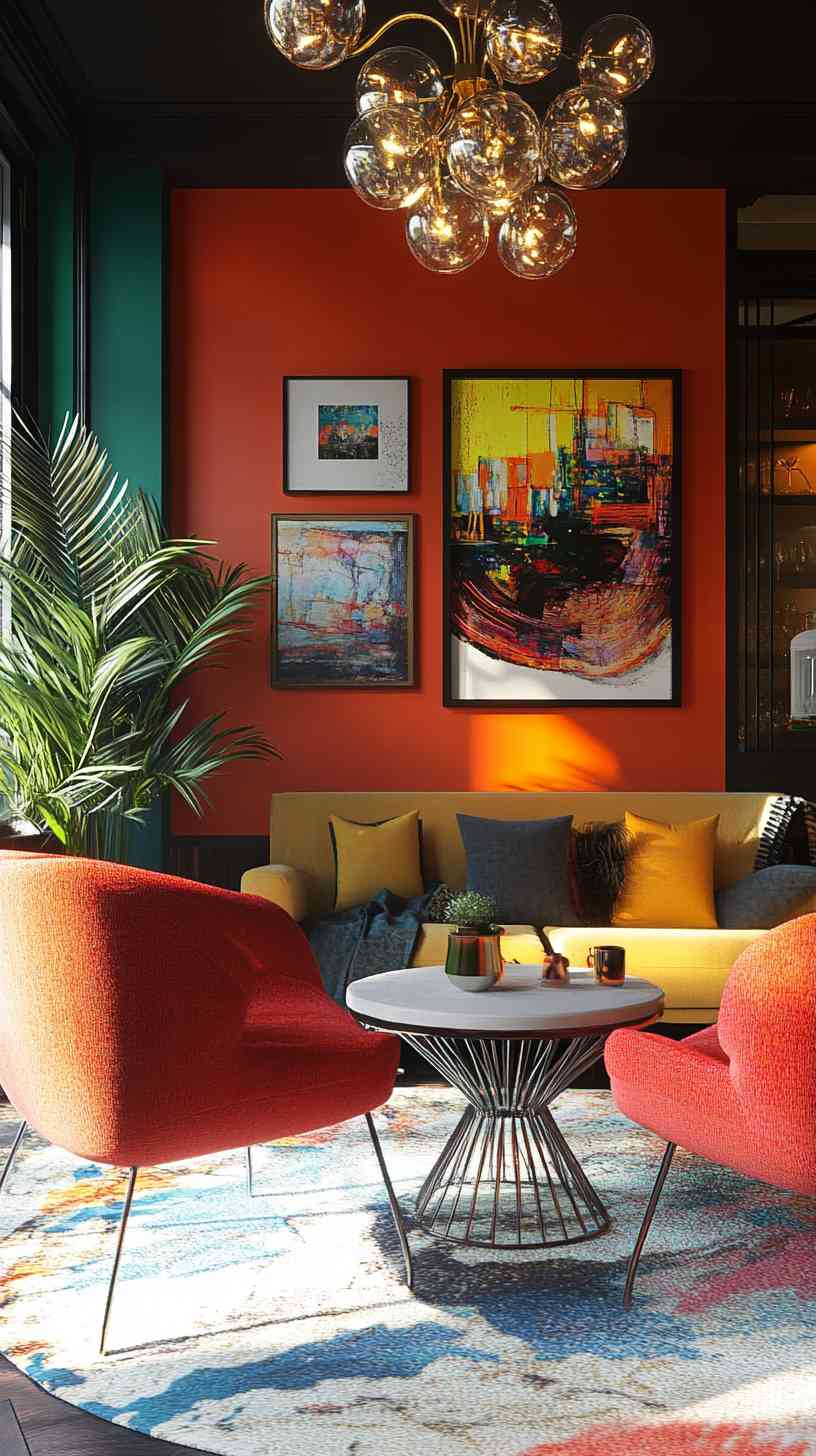
Please share this 3D Interior Designs House 4K HD Photos with your friends and do a comment below about your feedback.
We will meet you on next article.
Until you can read, Dining Table Shapes: Which One Is Right for You?
